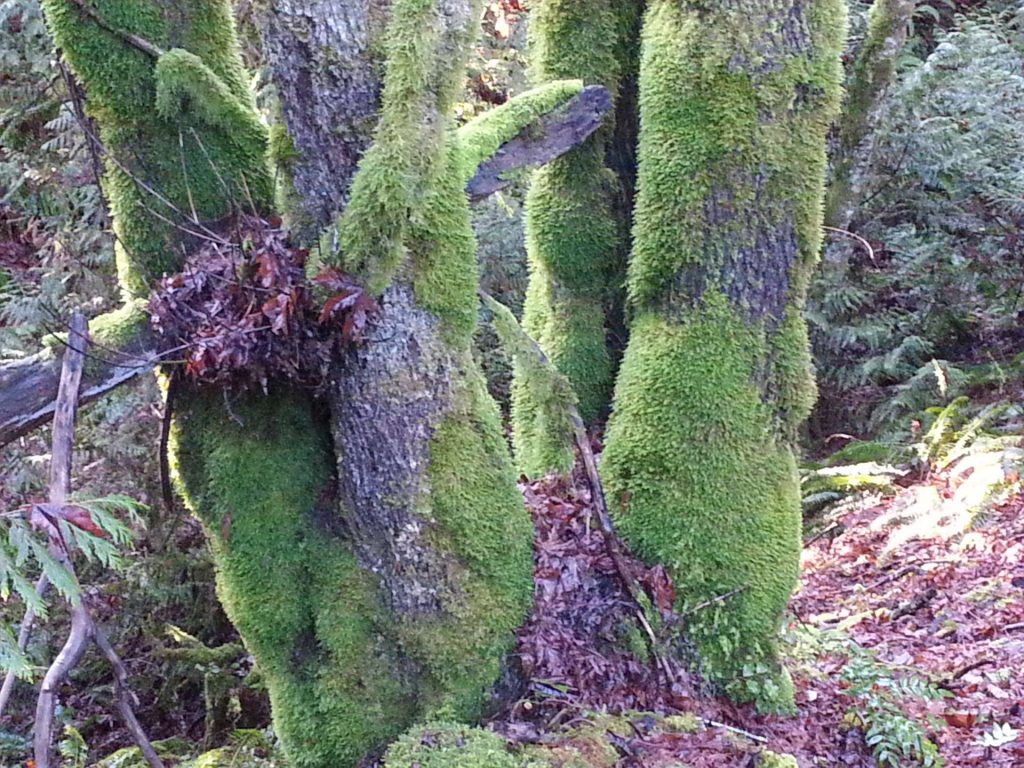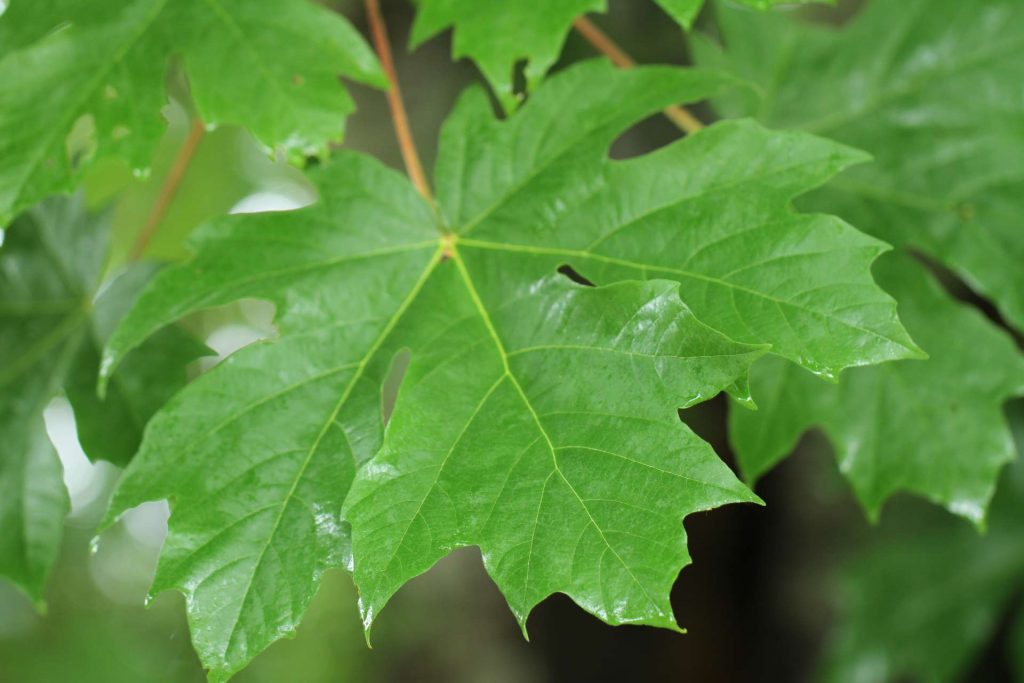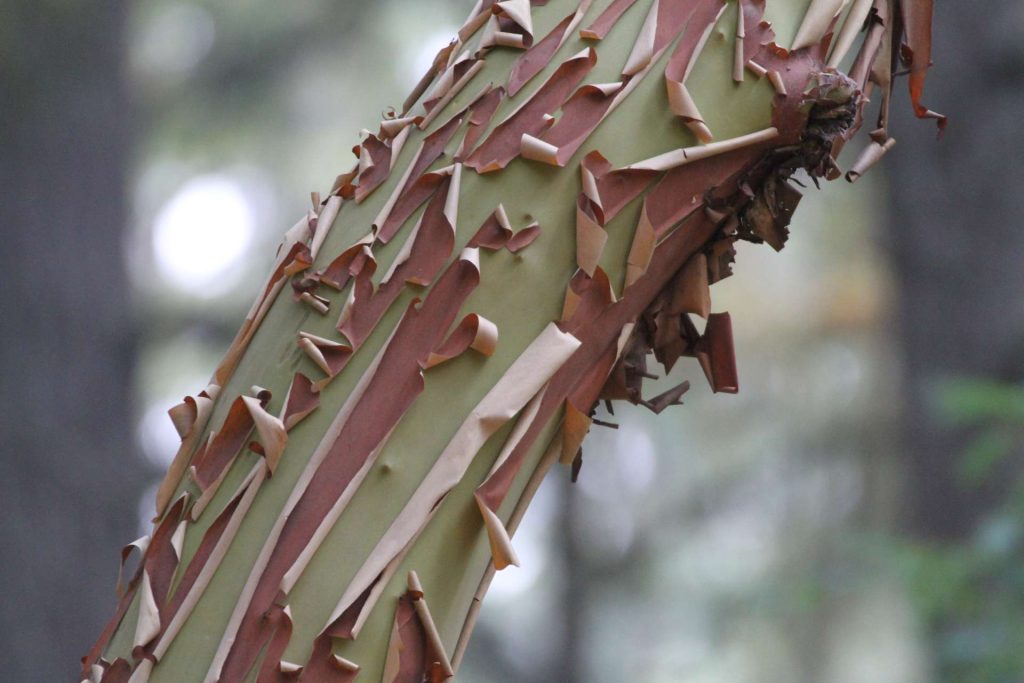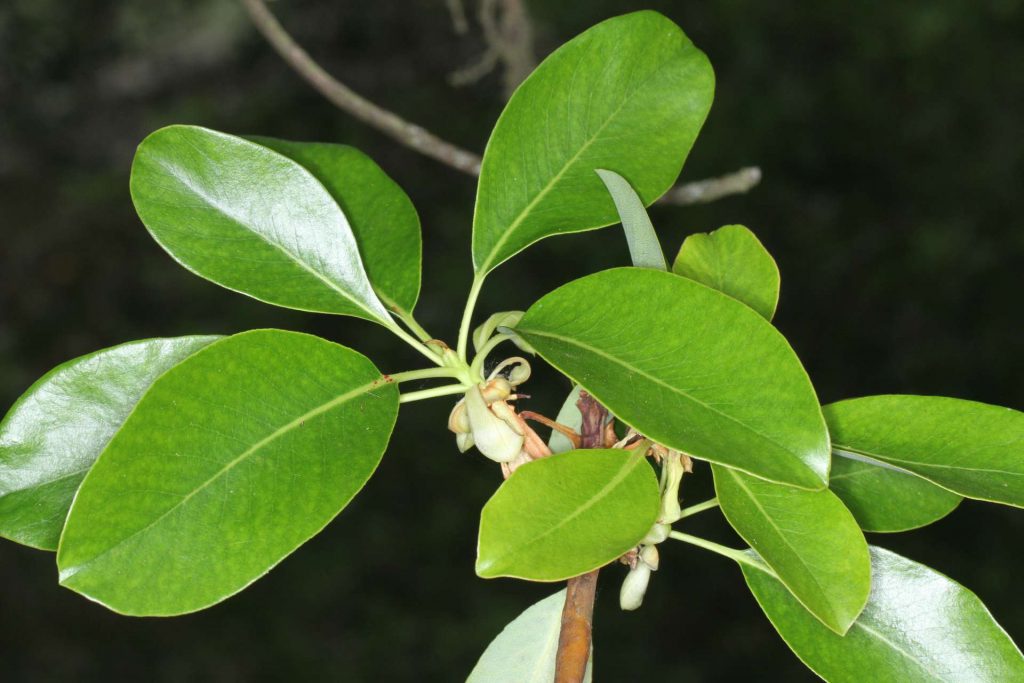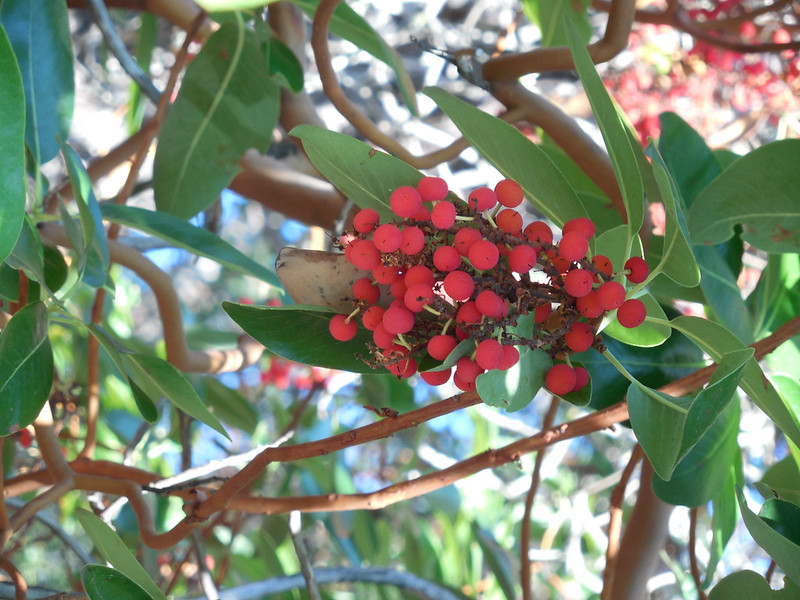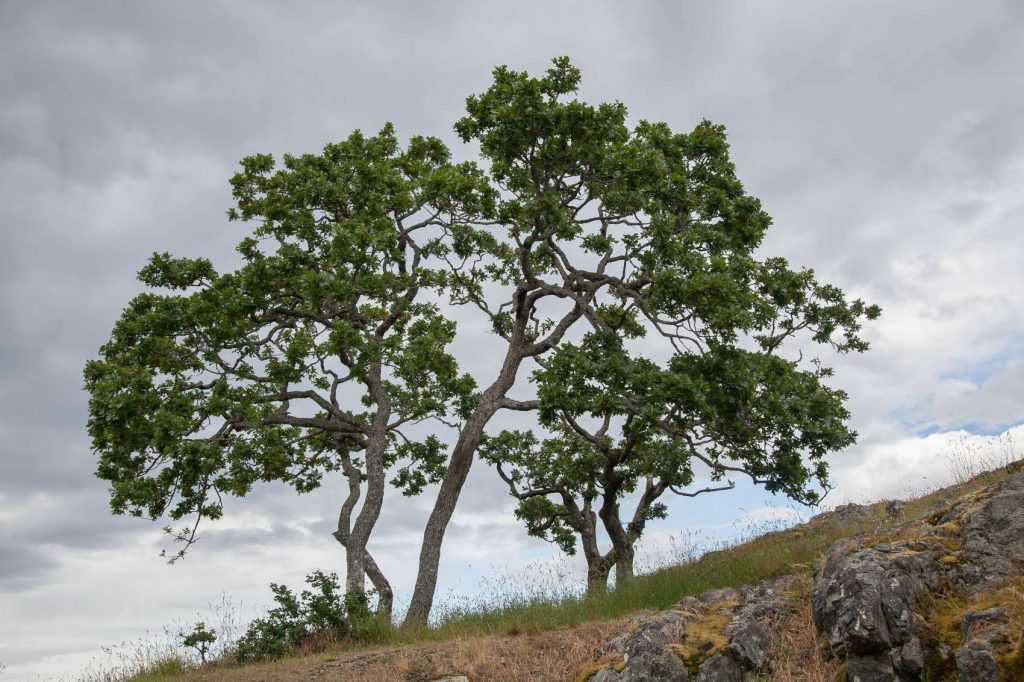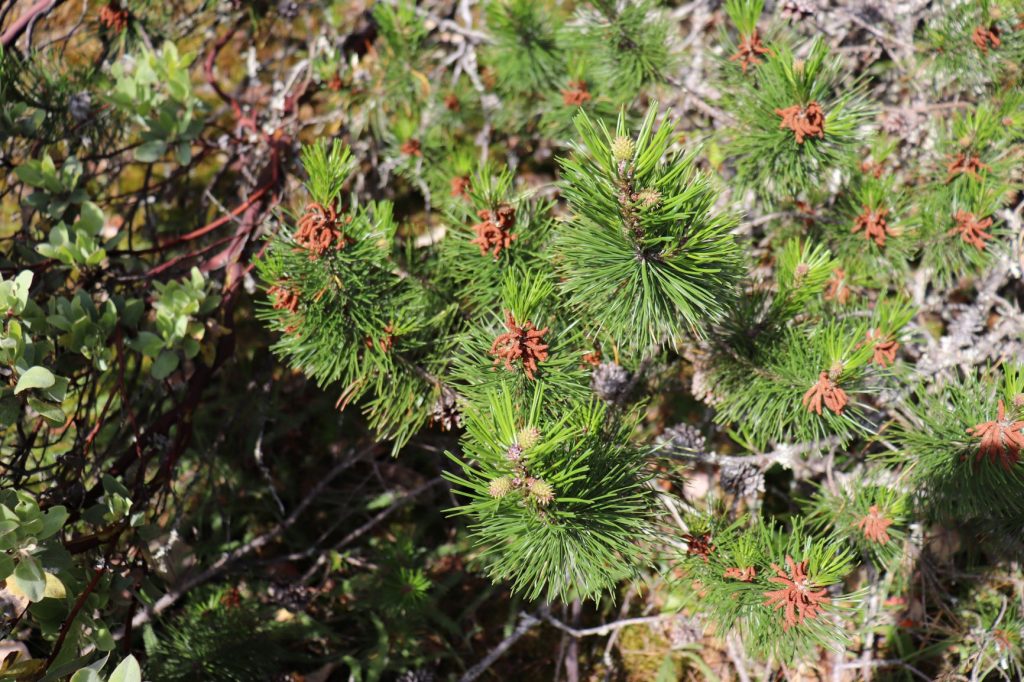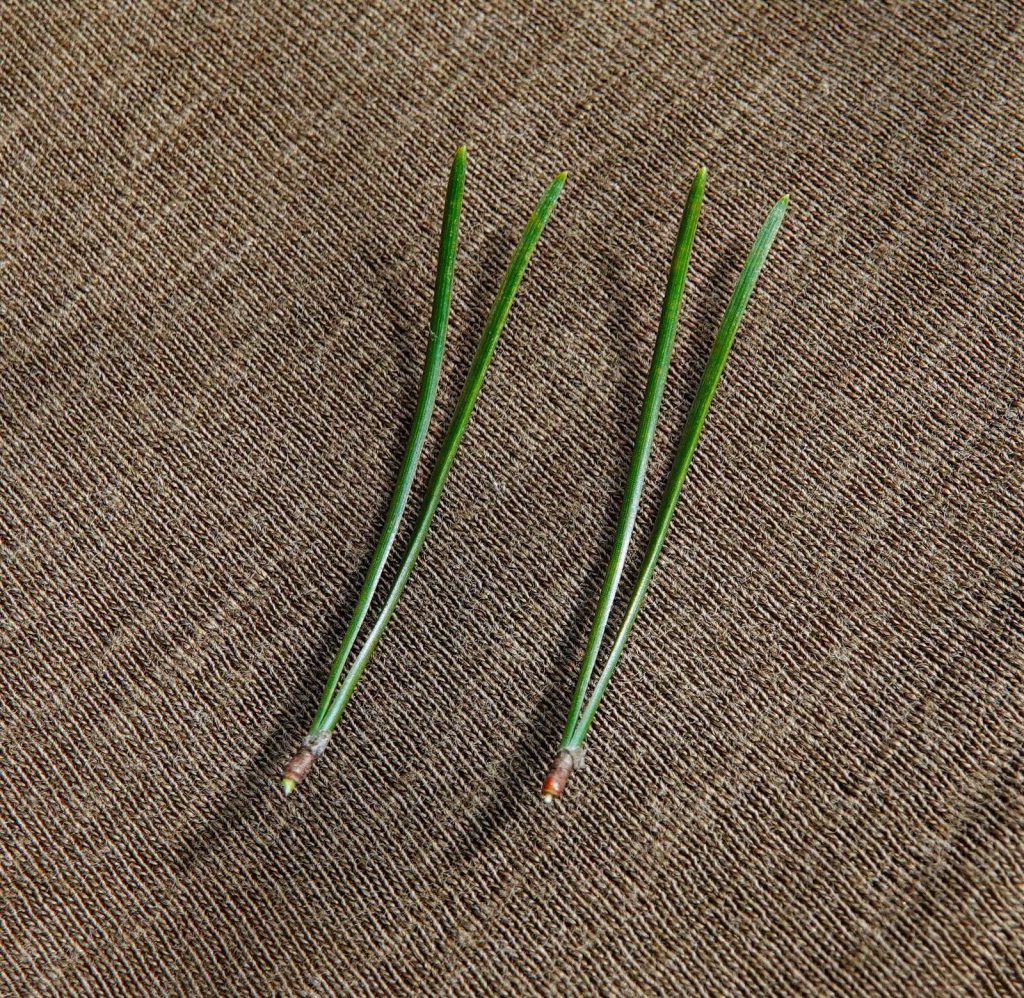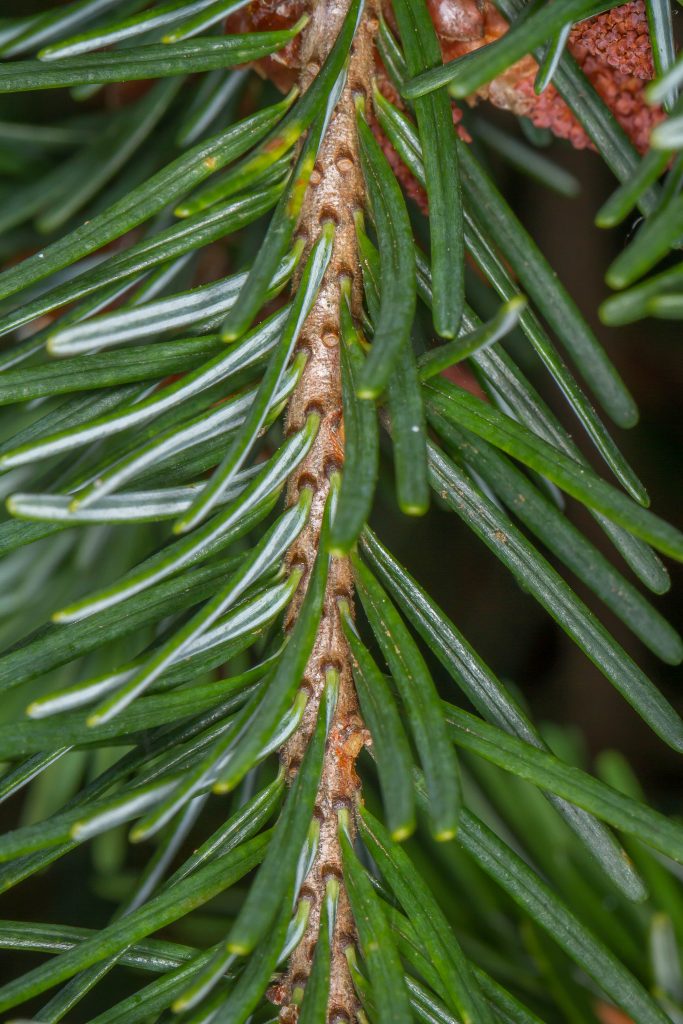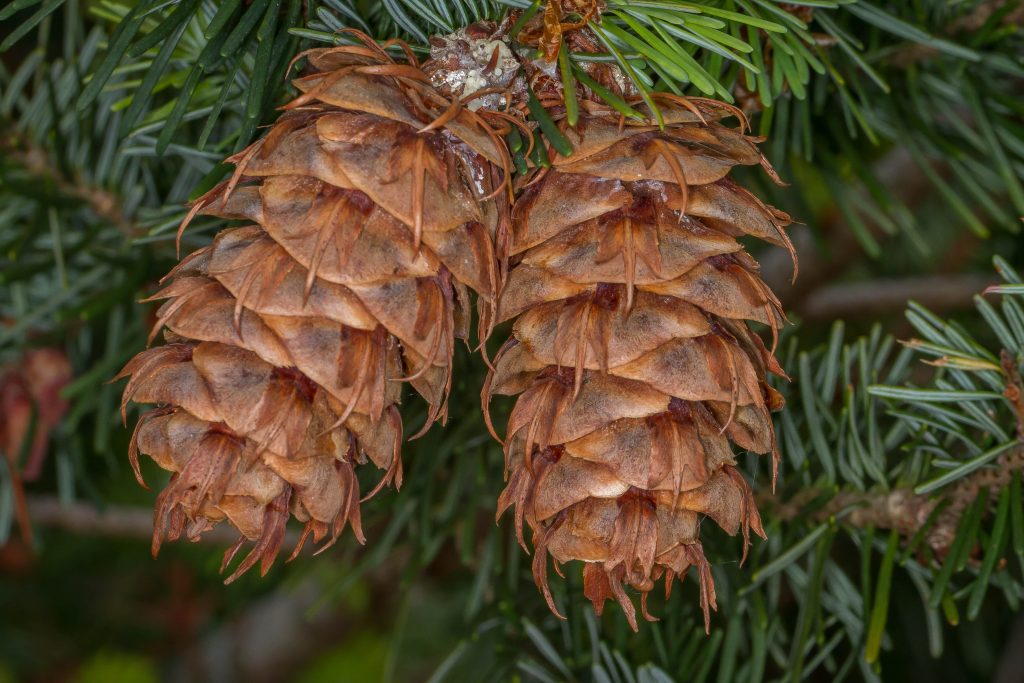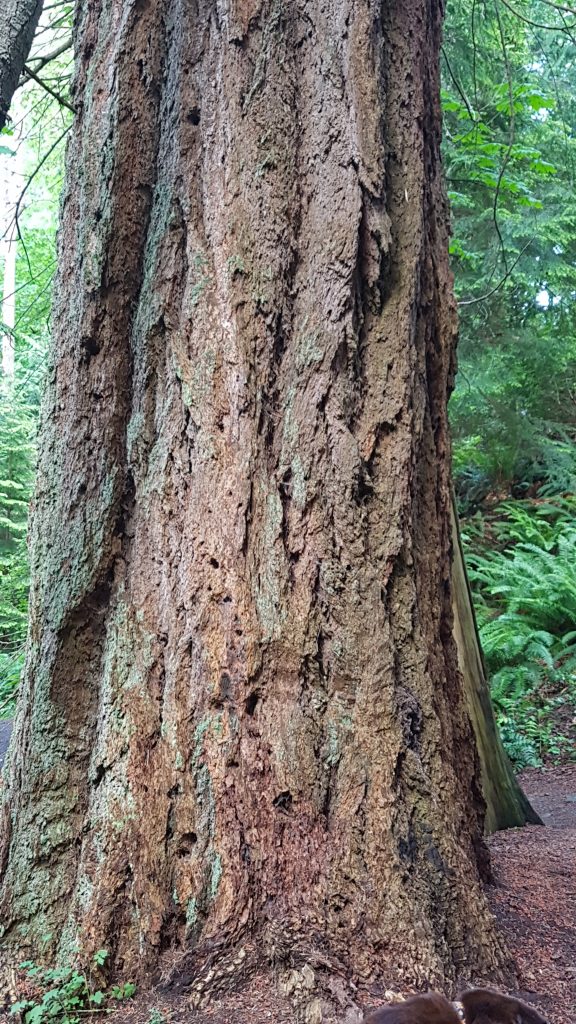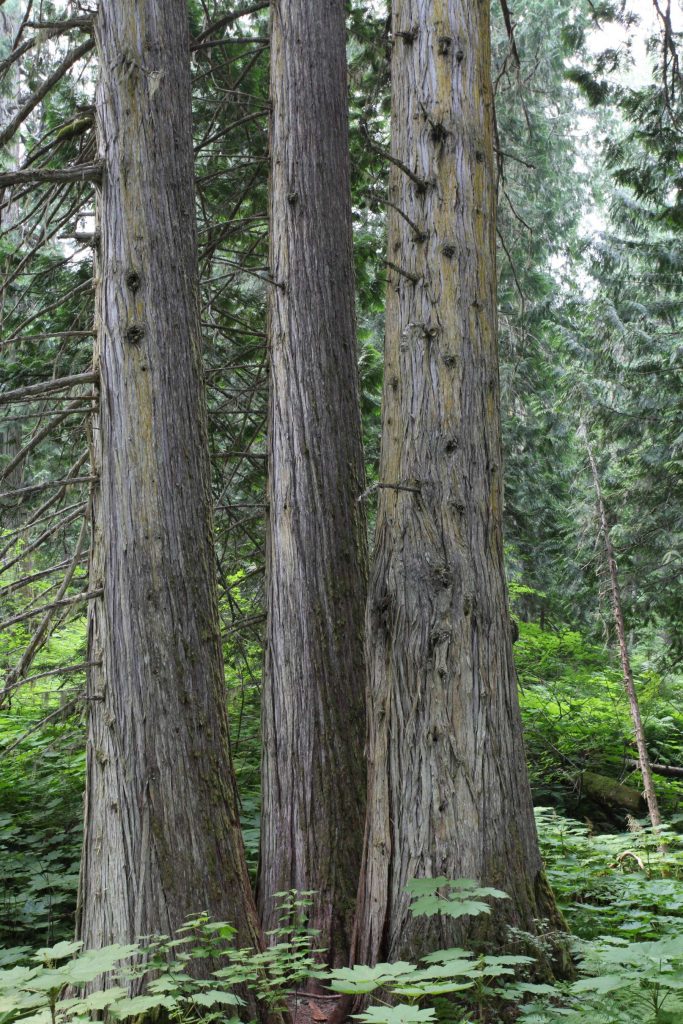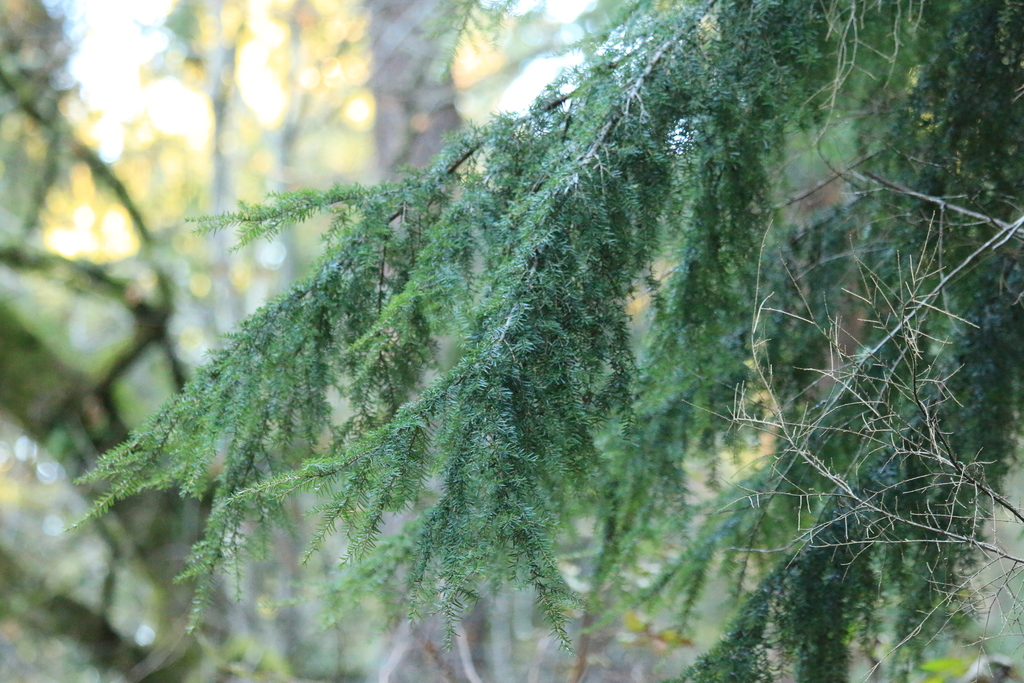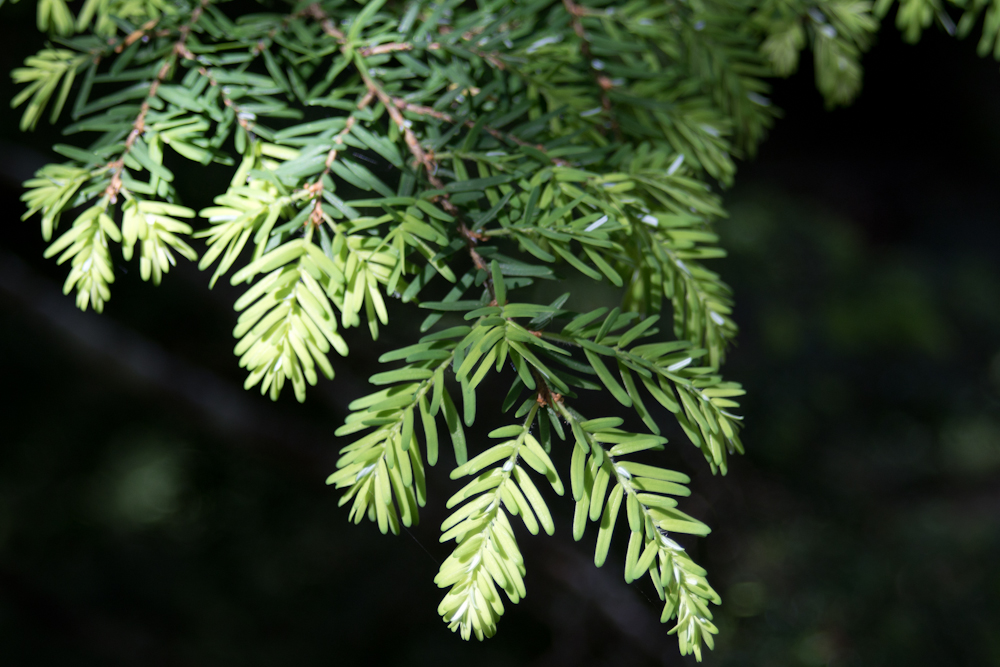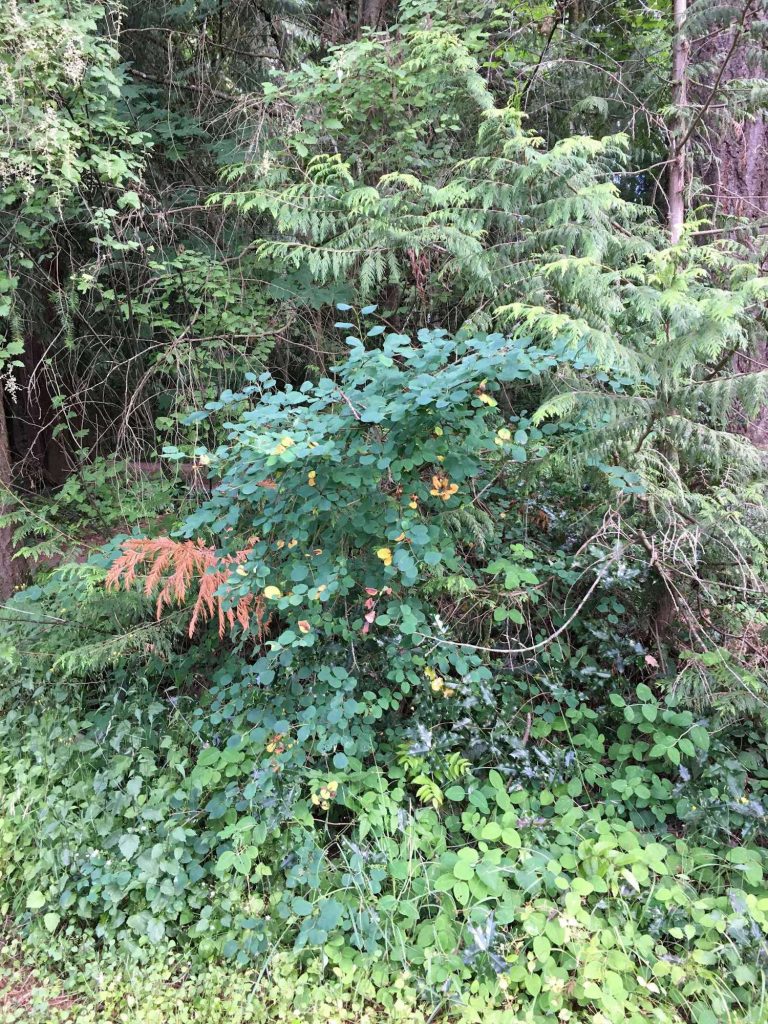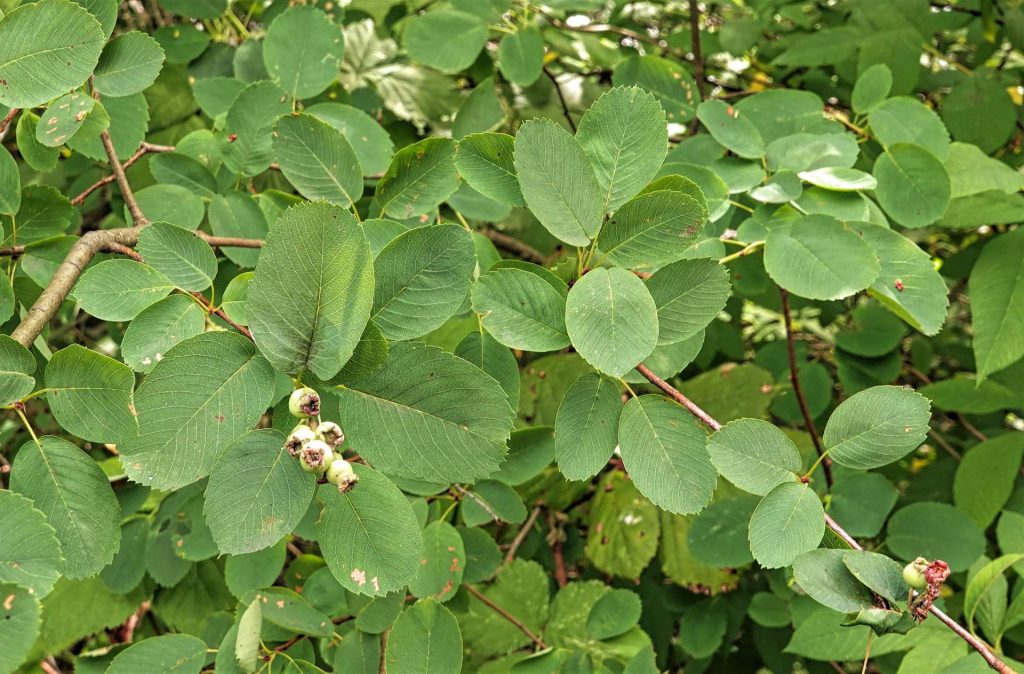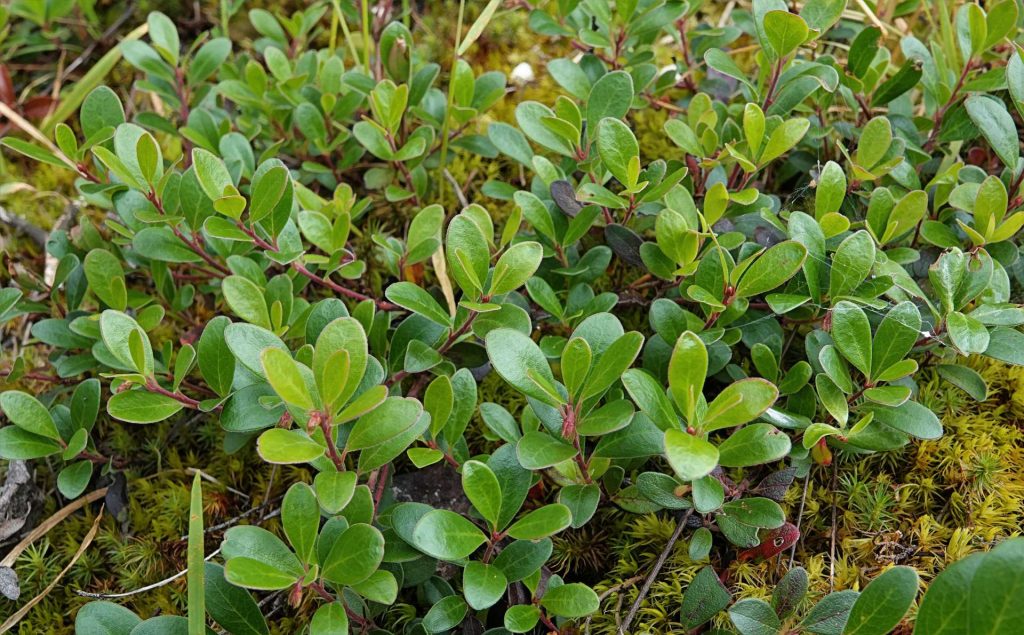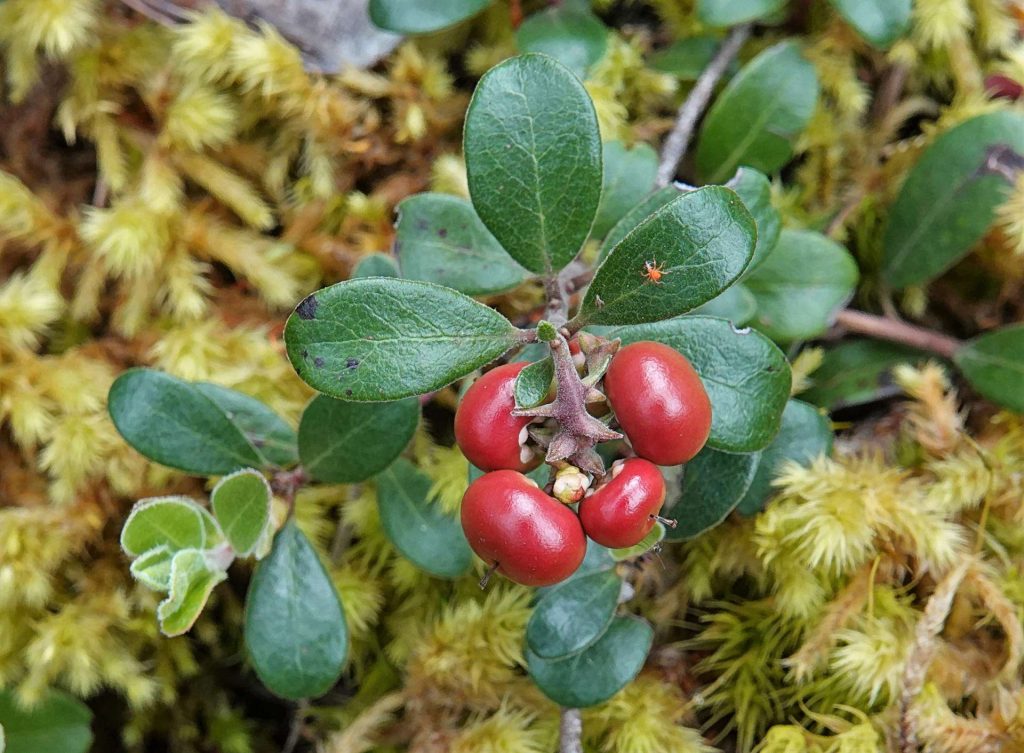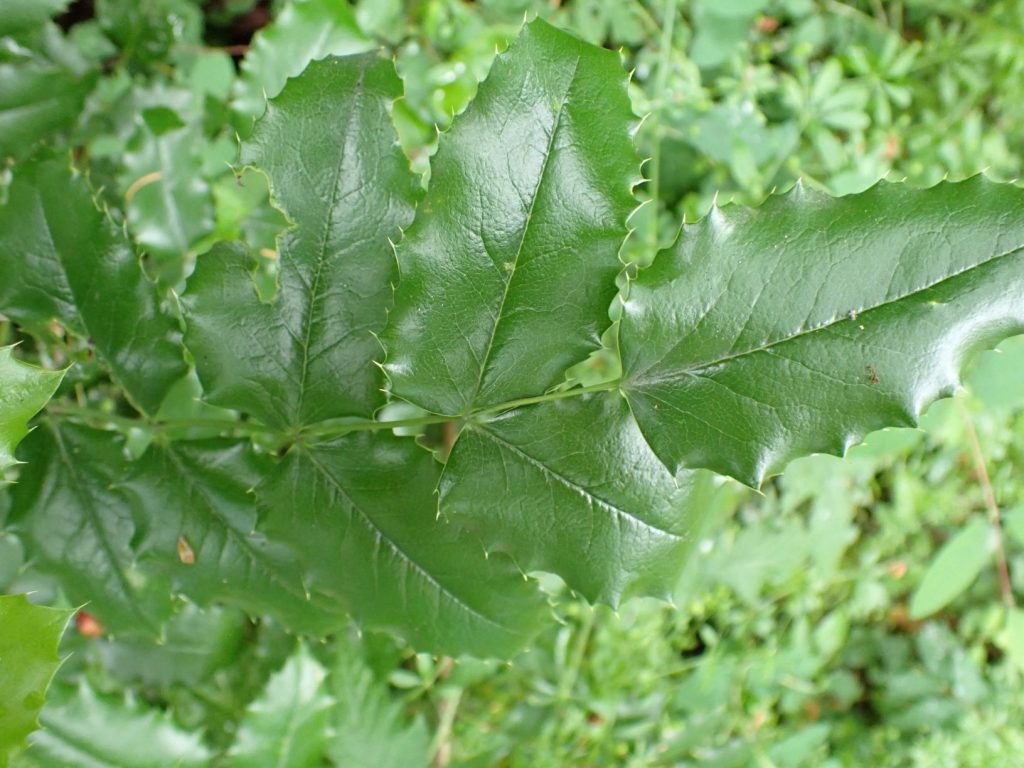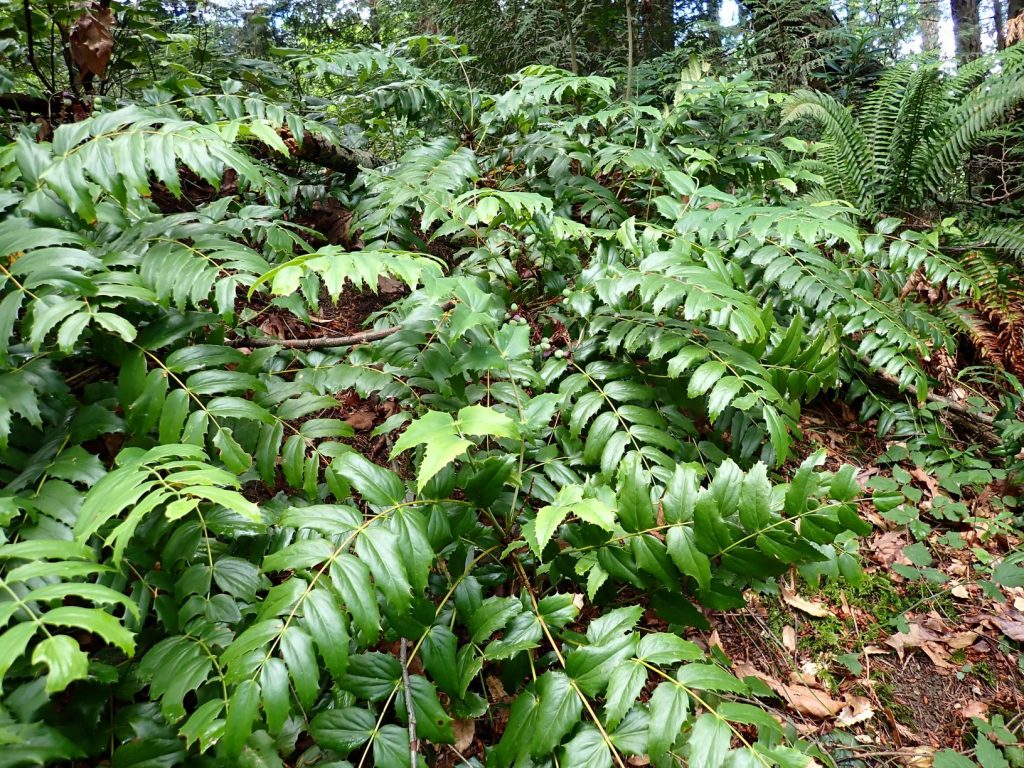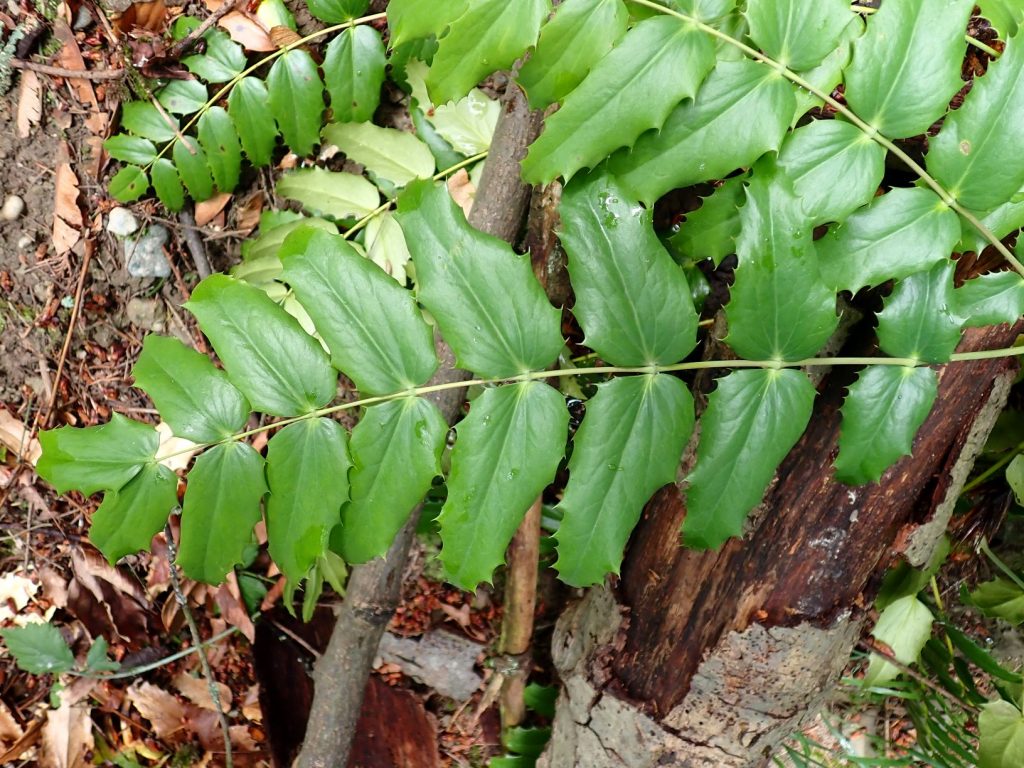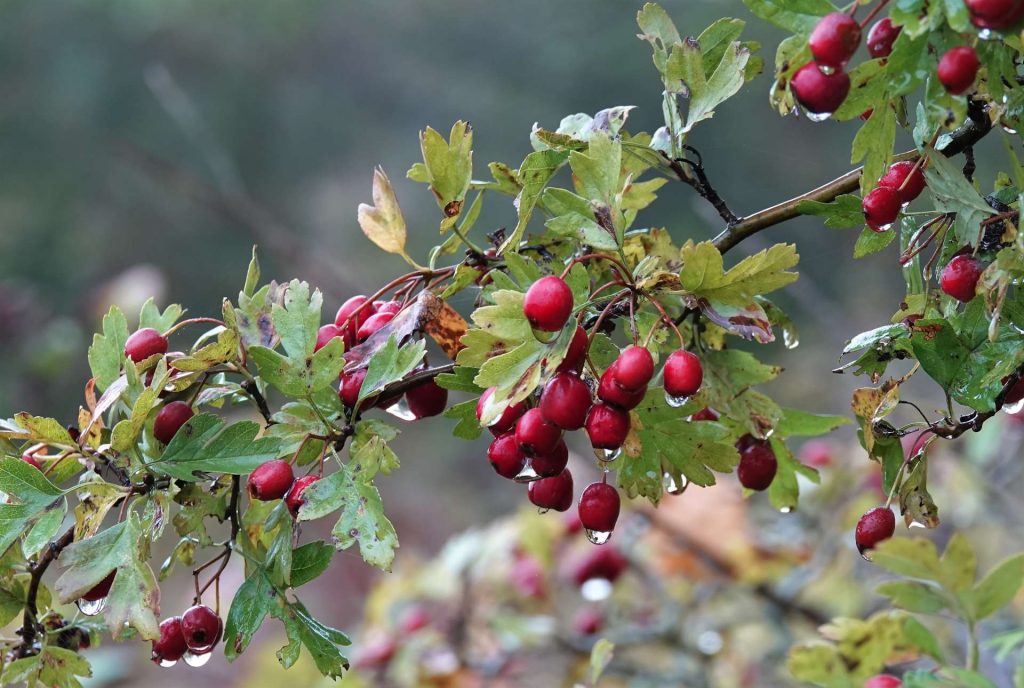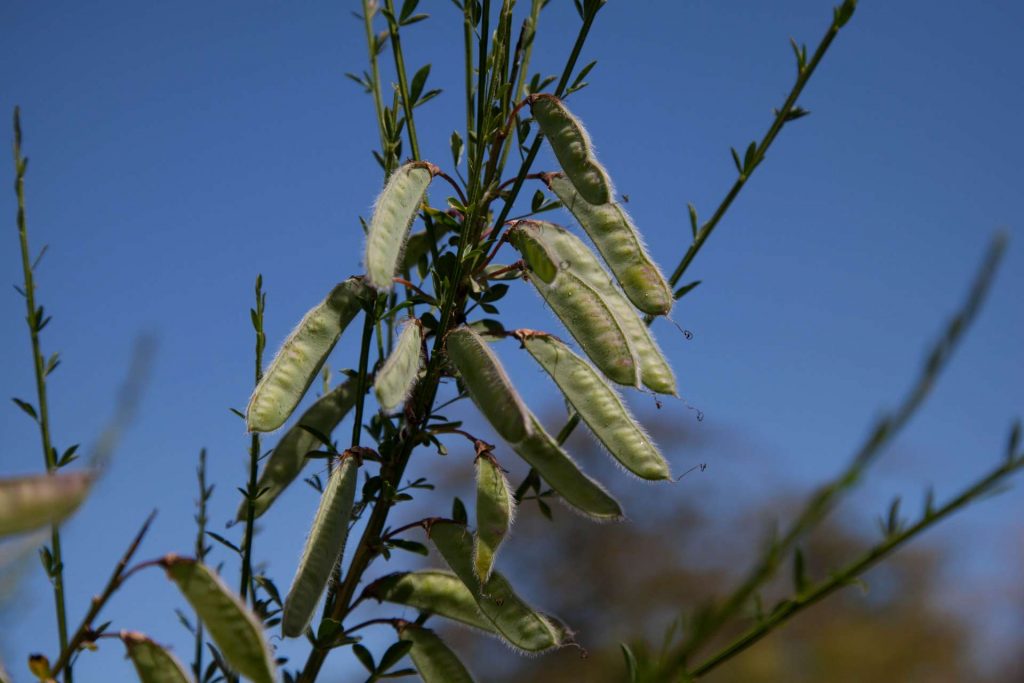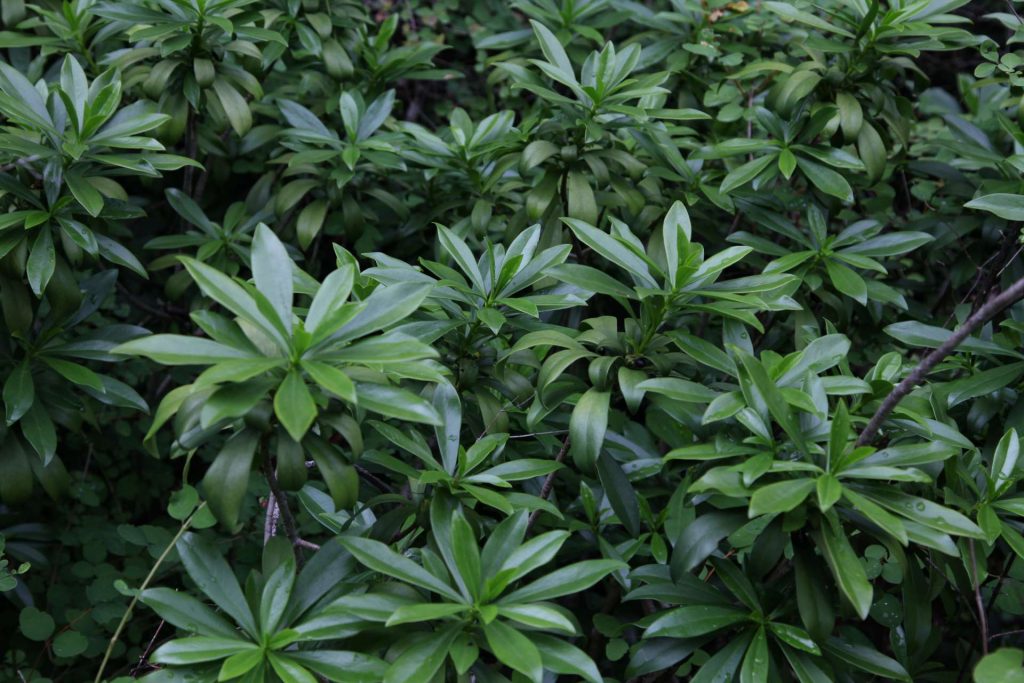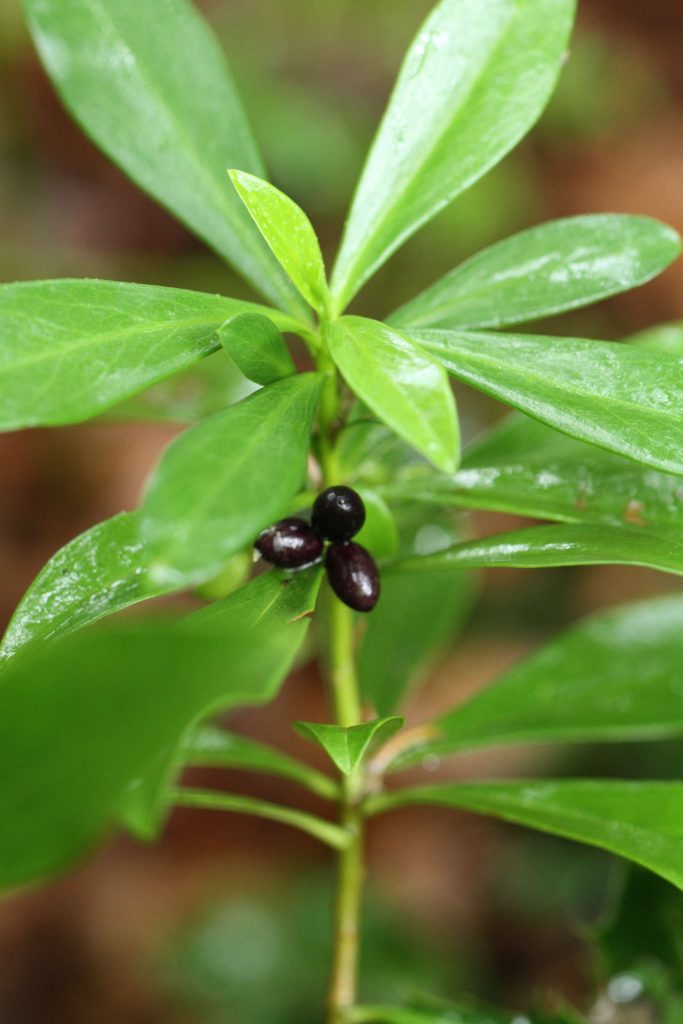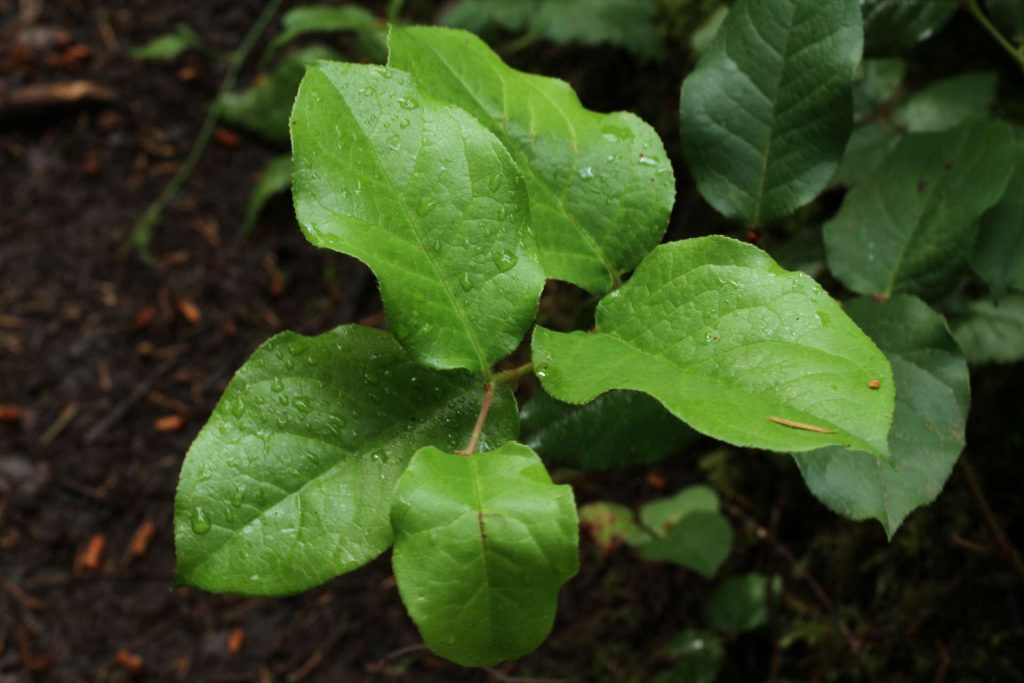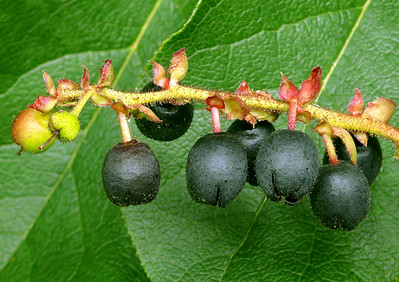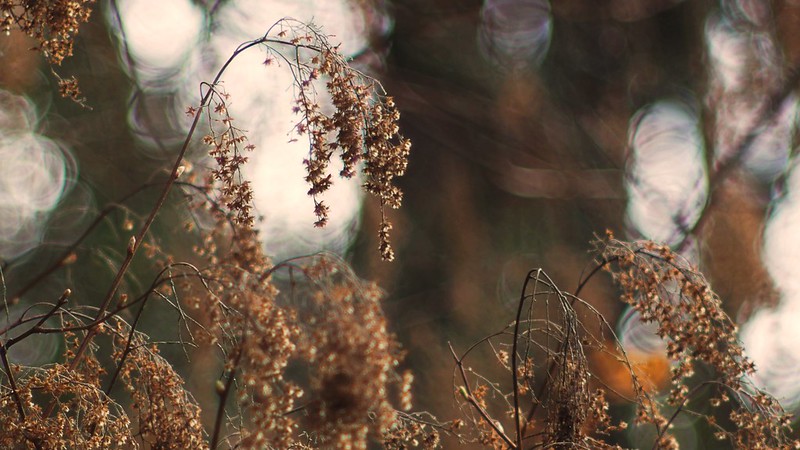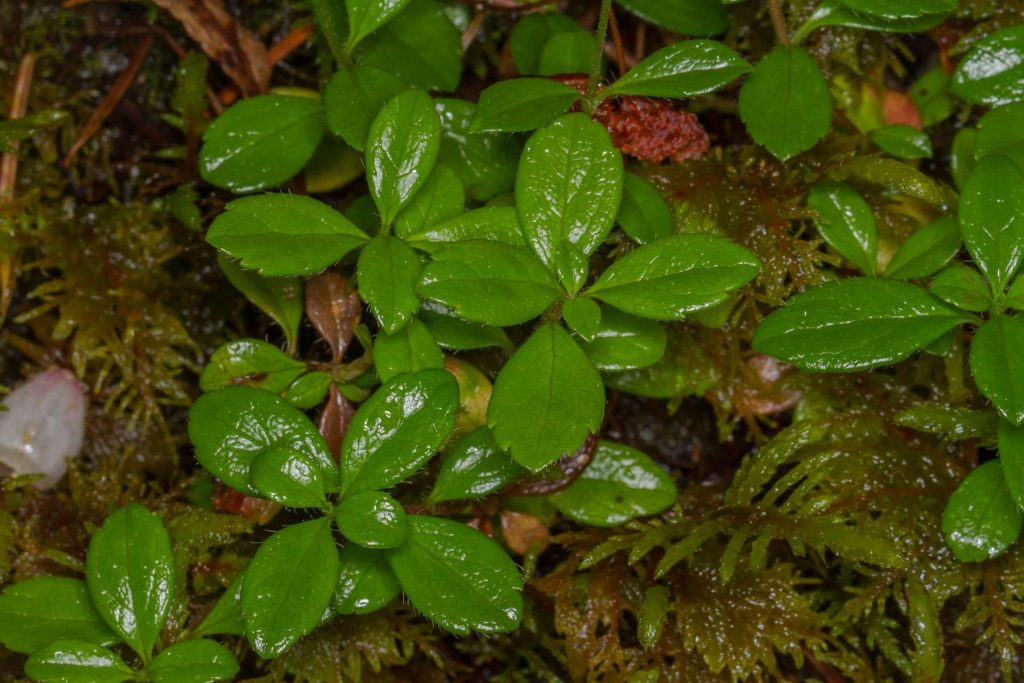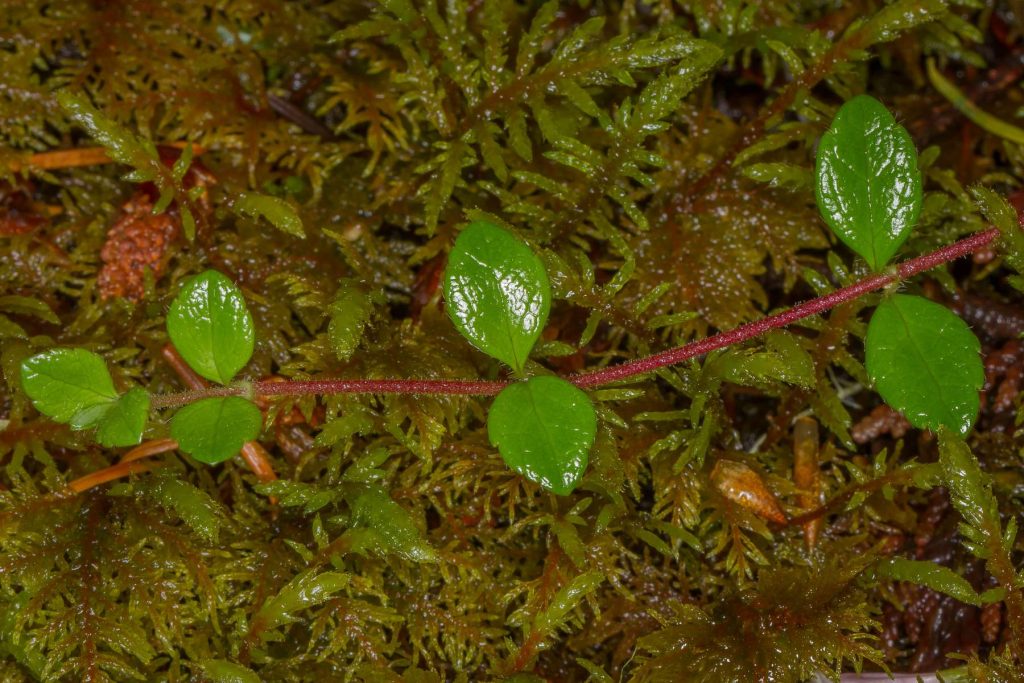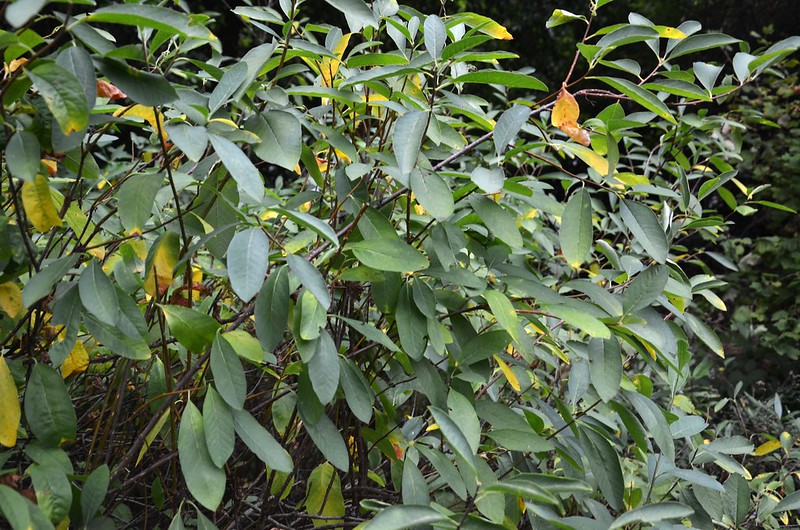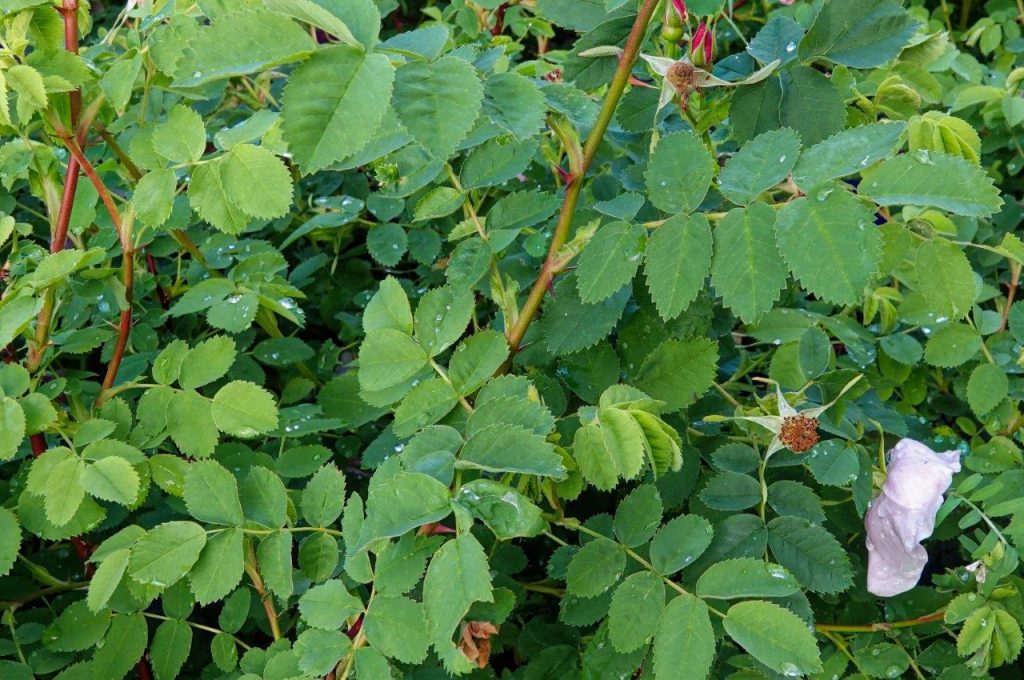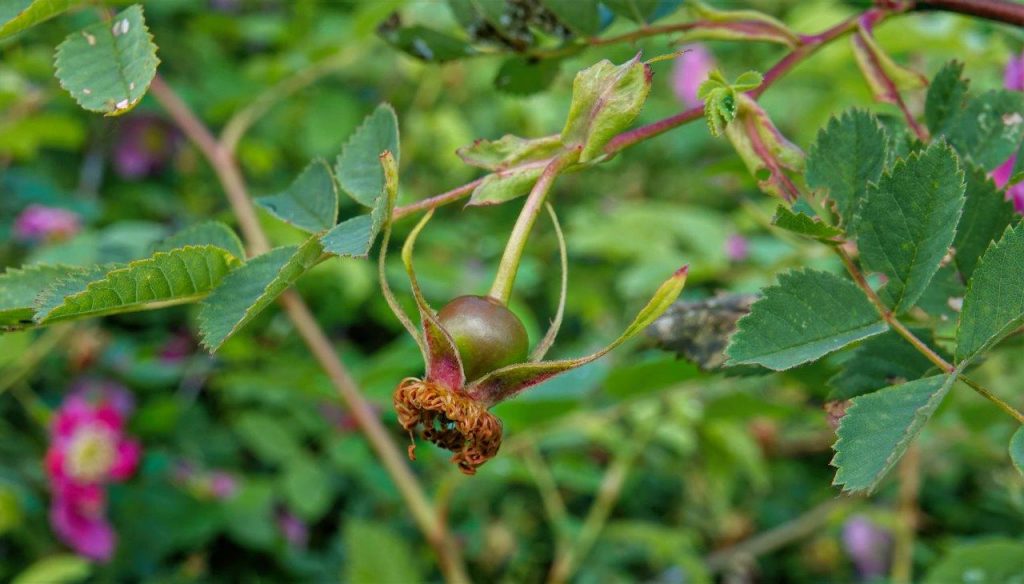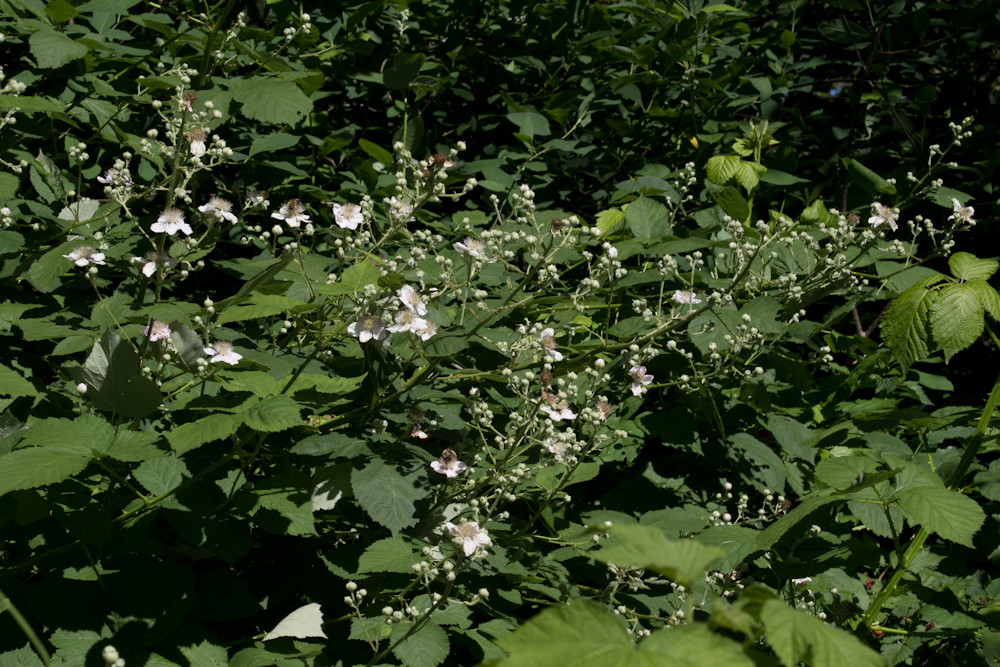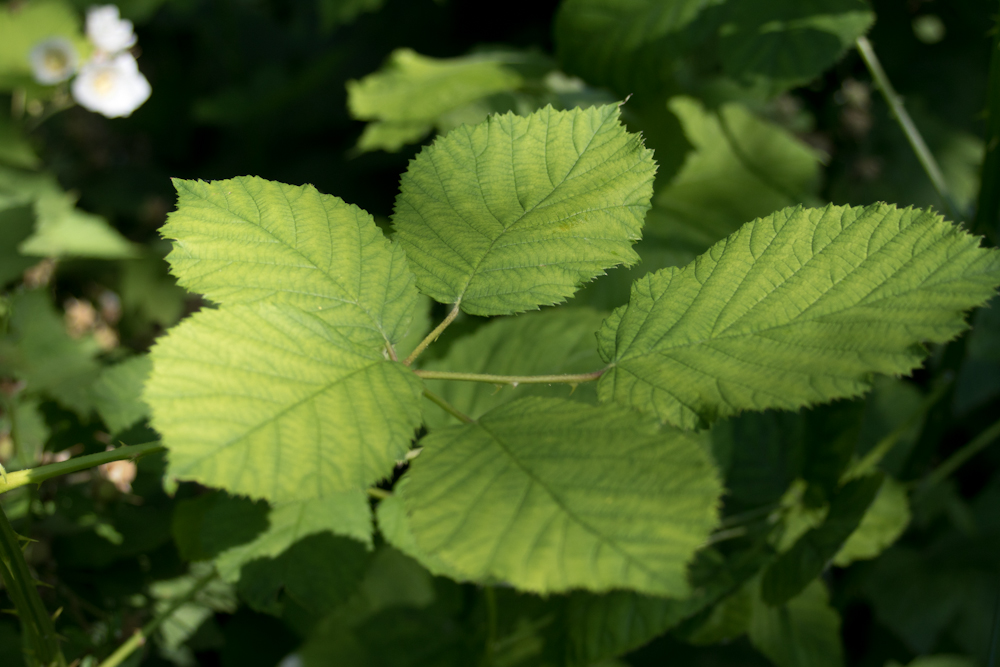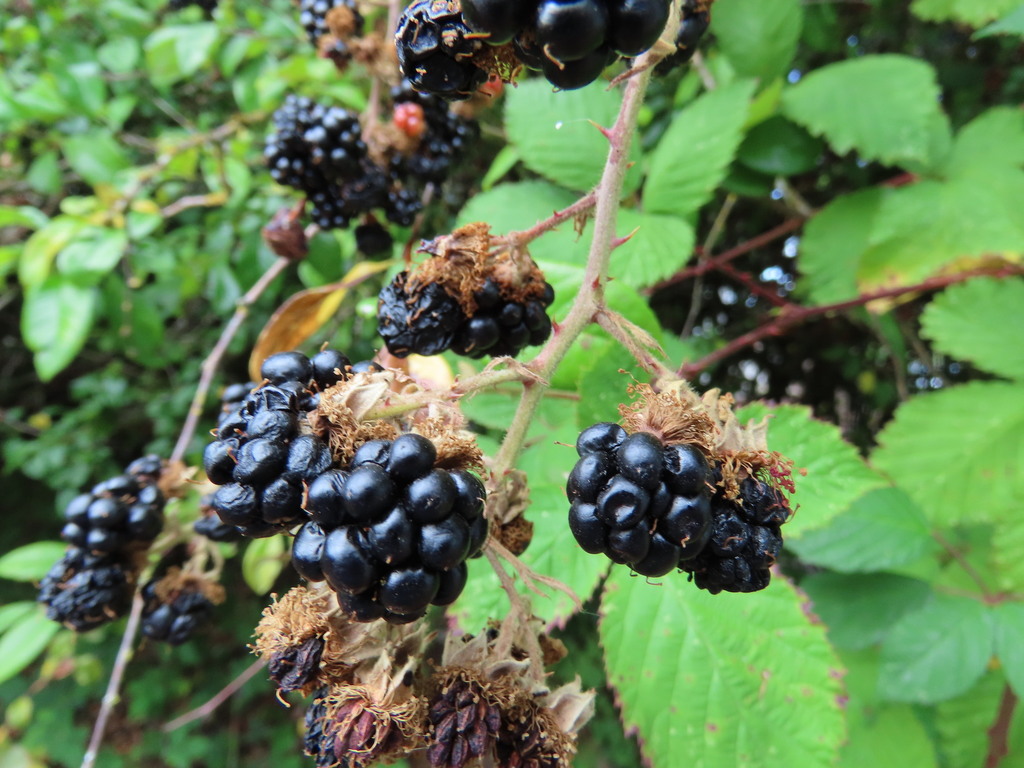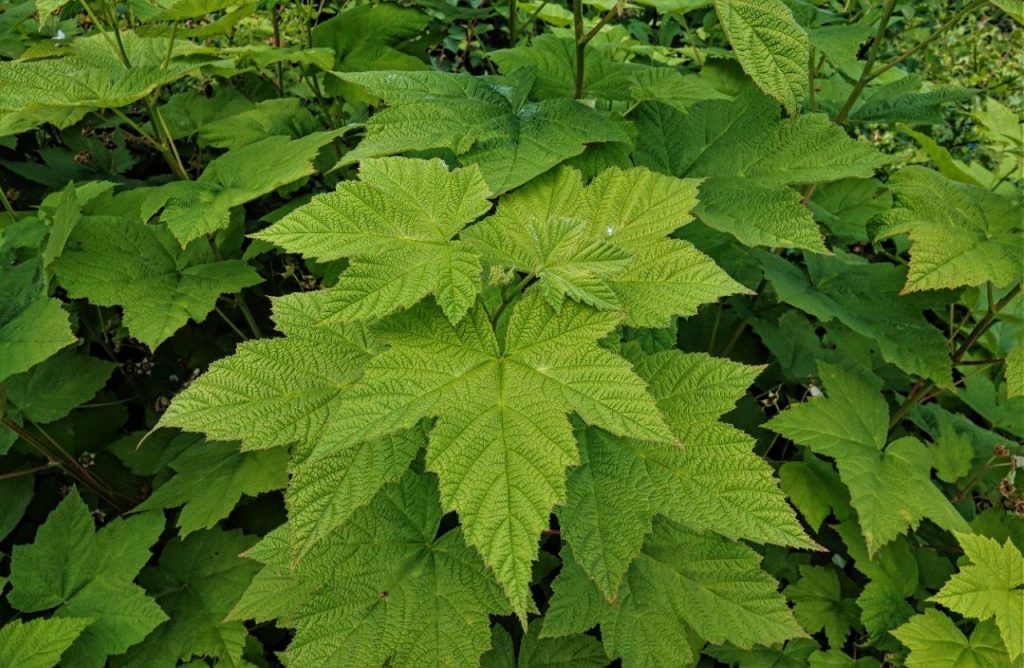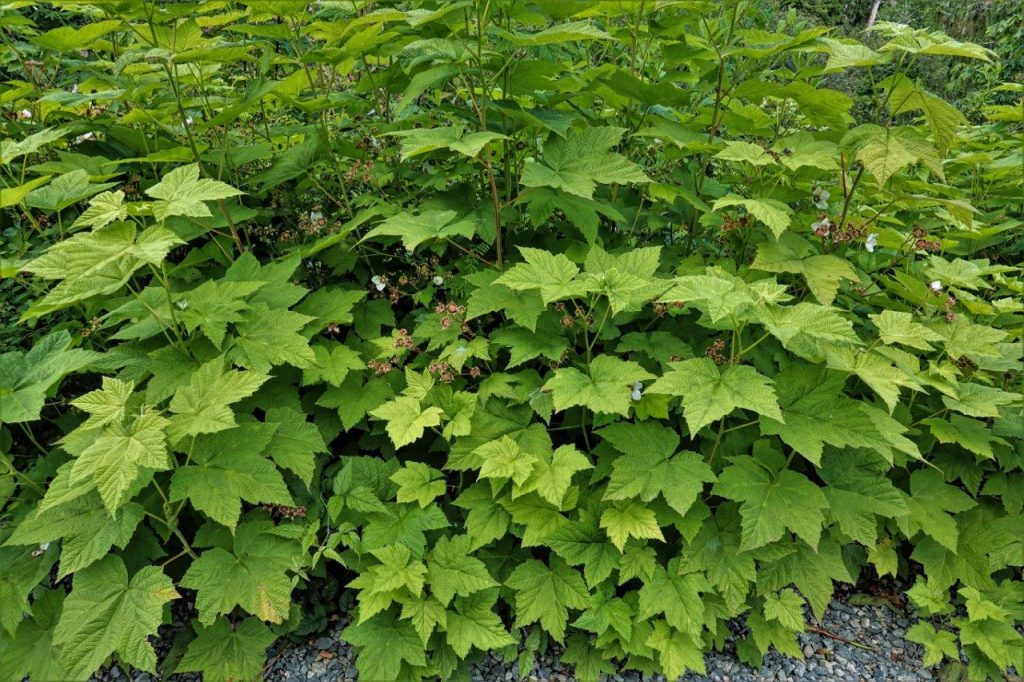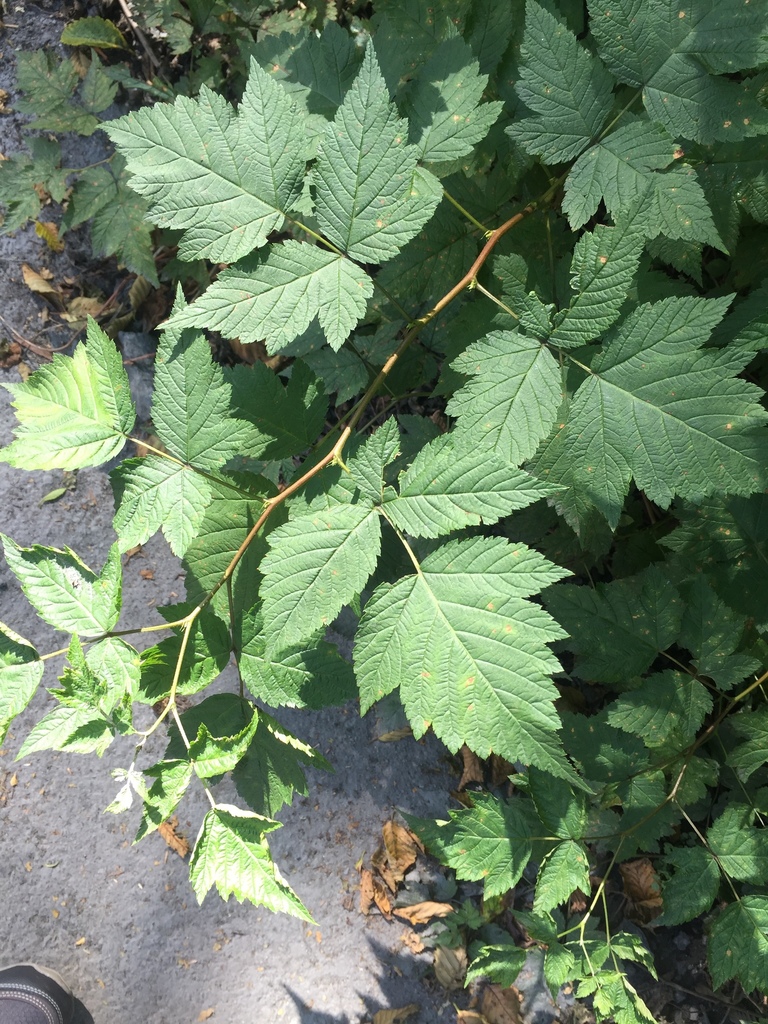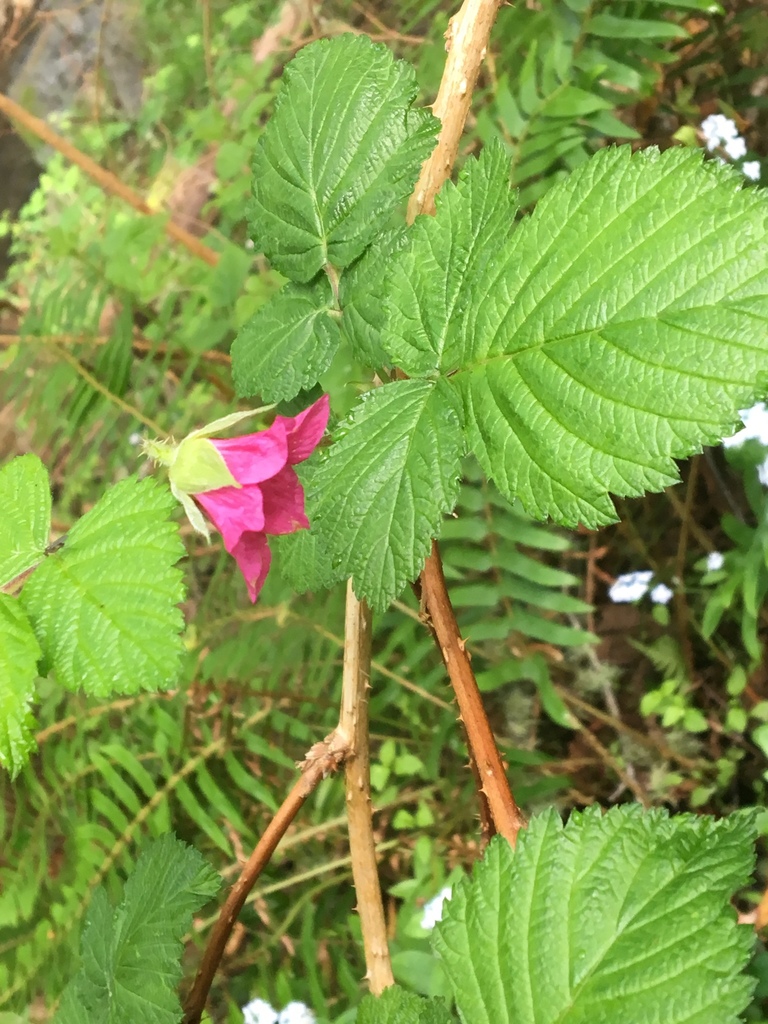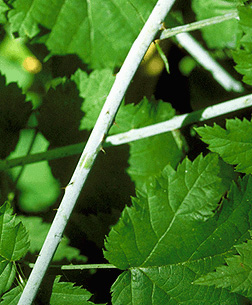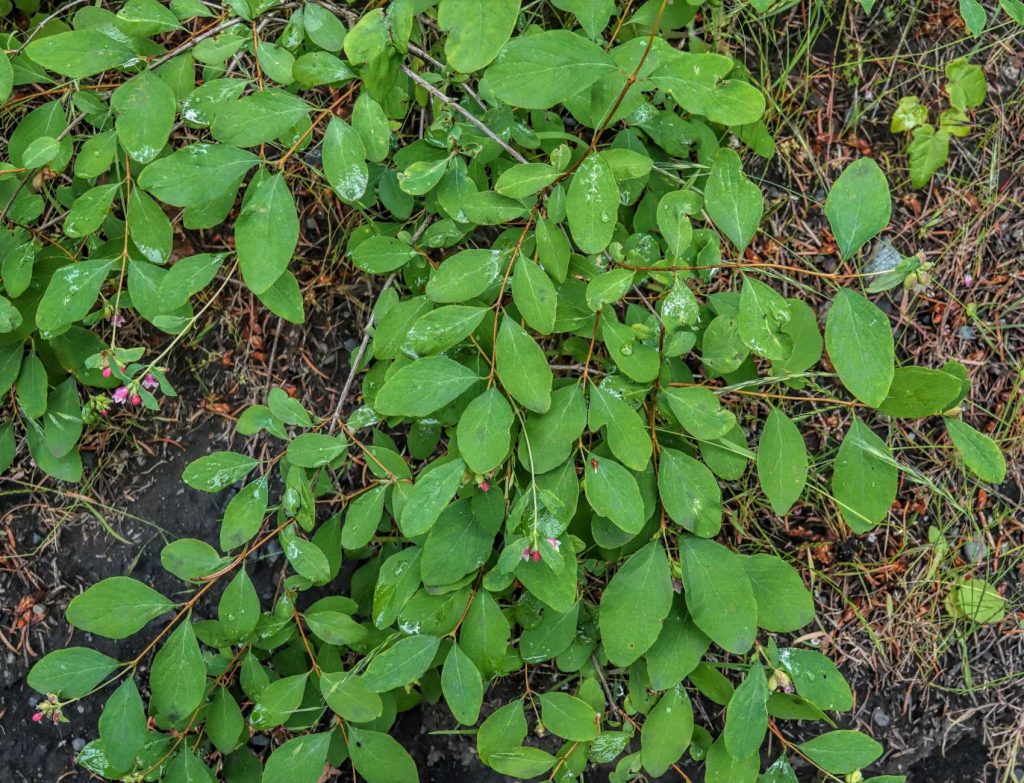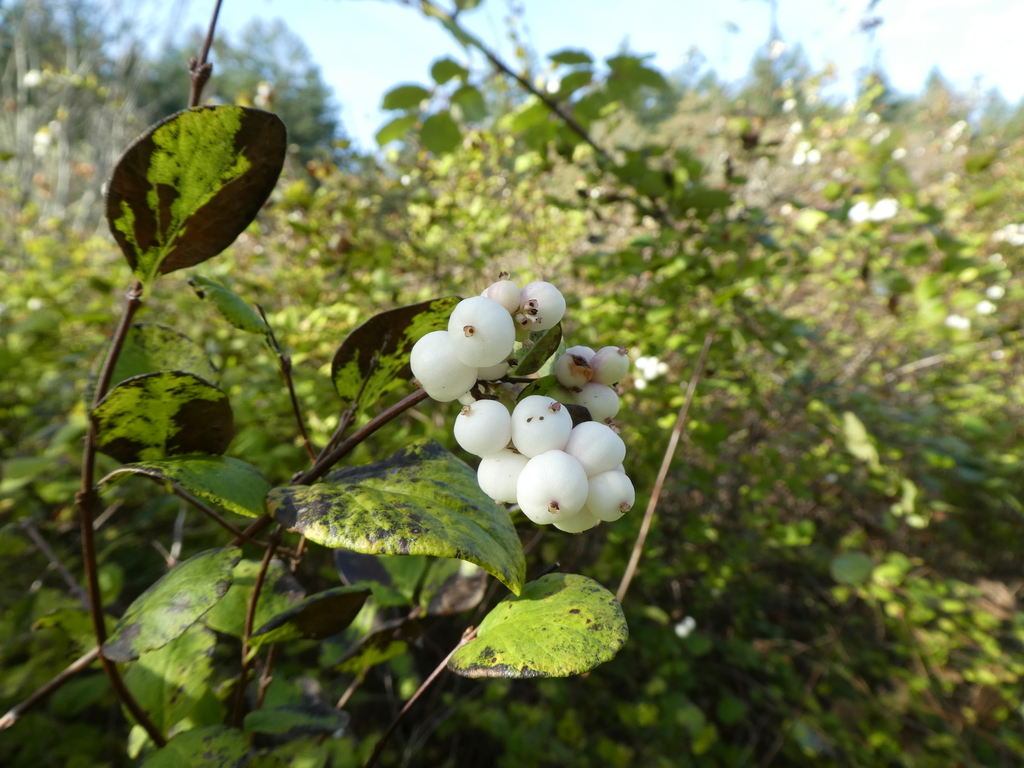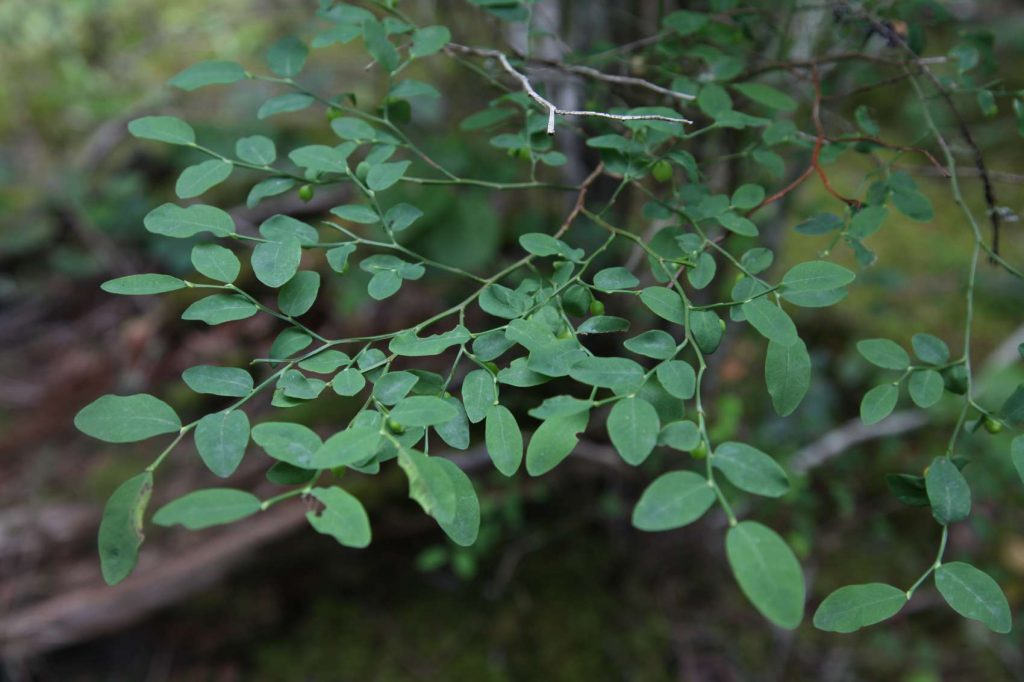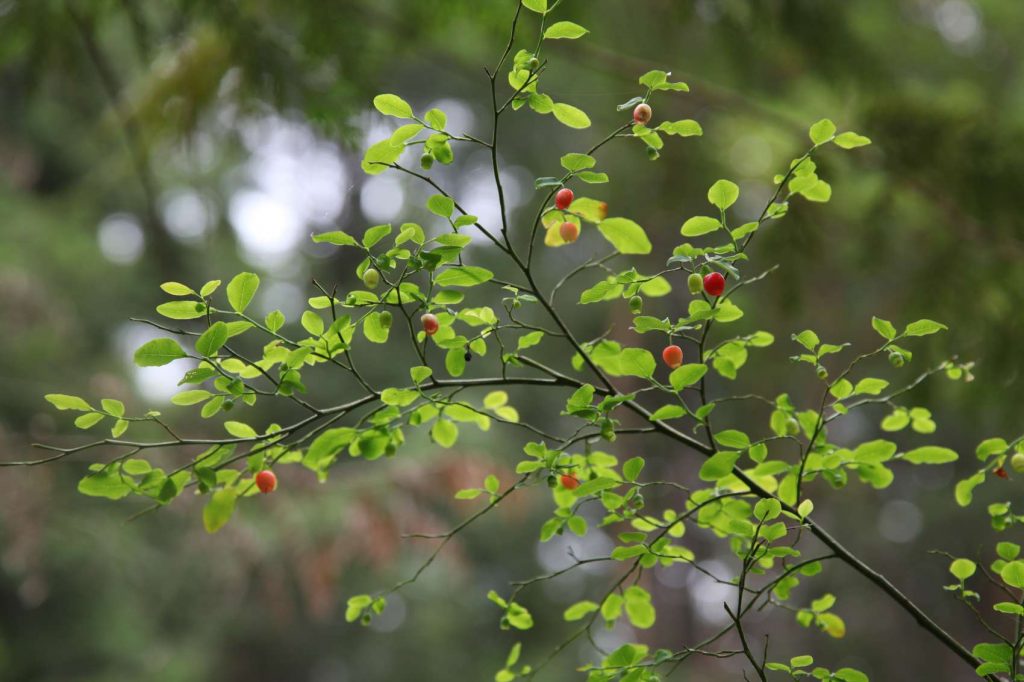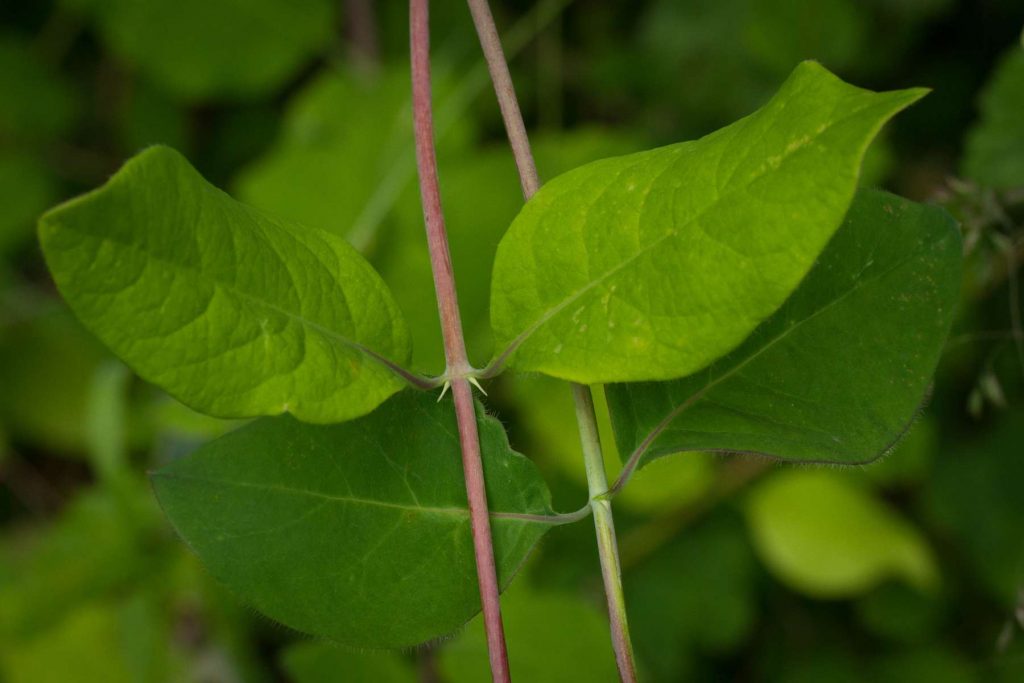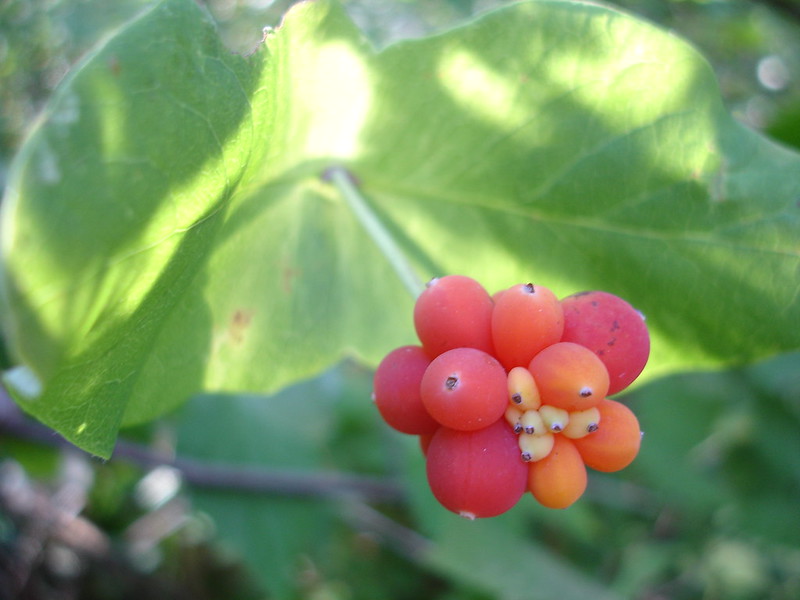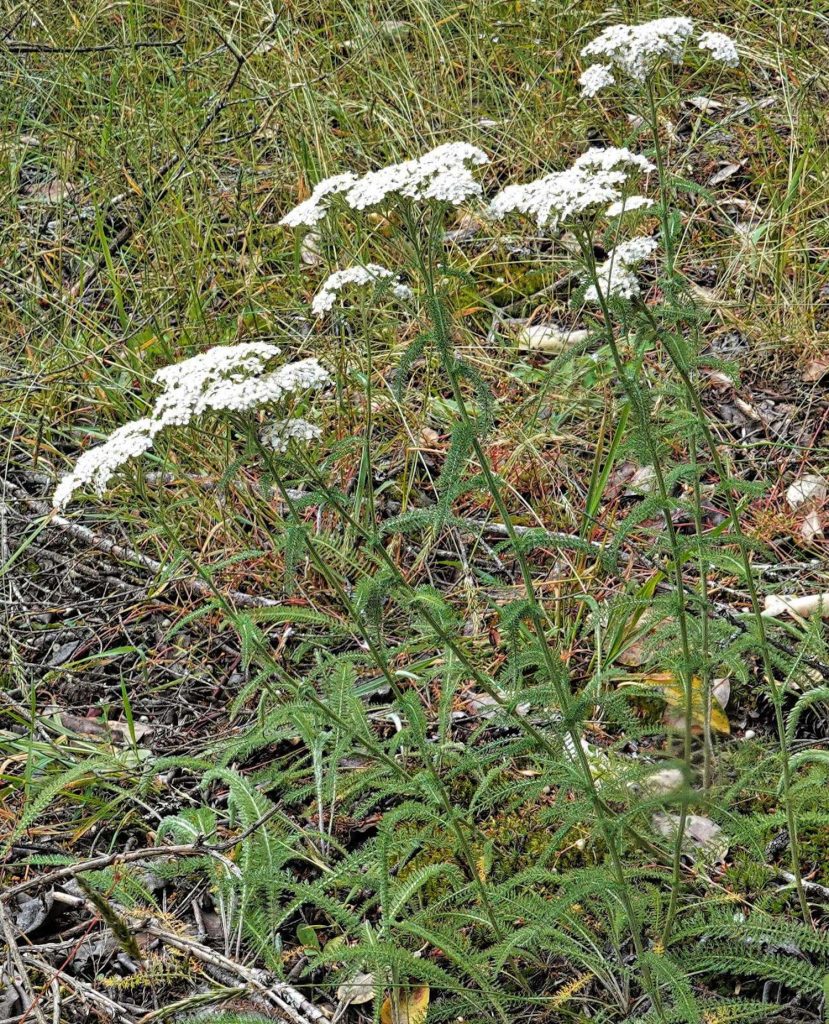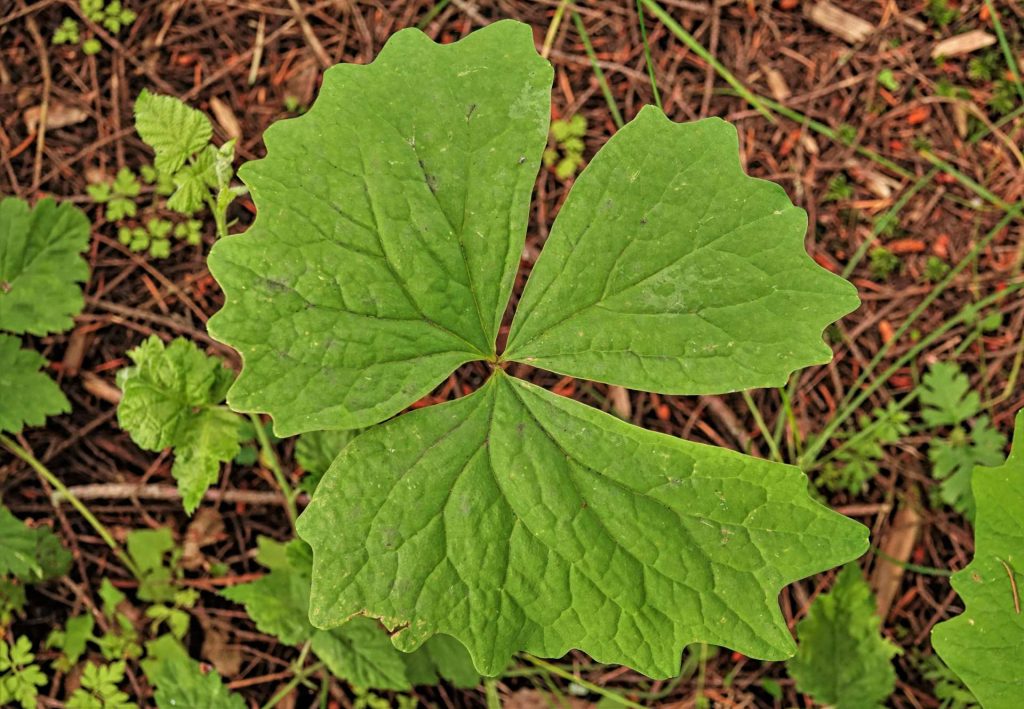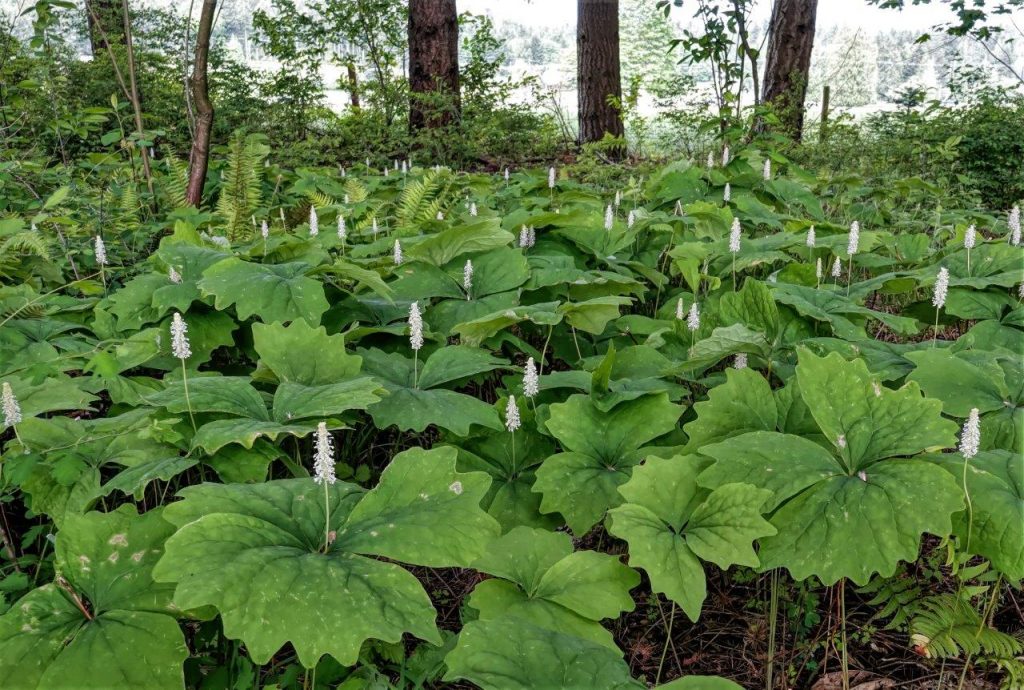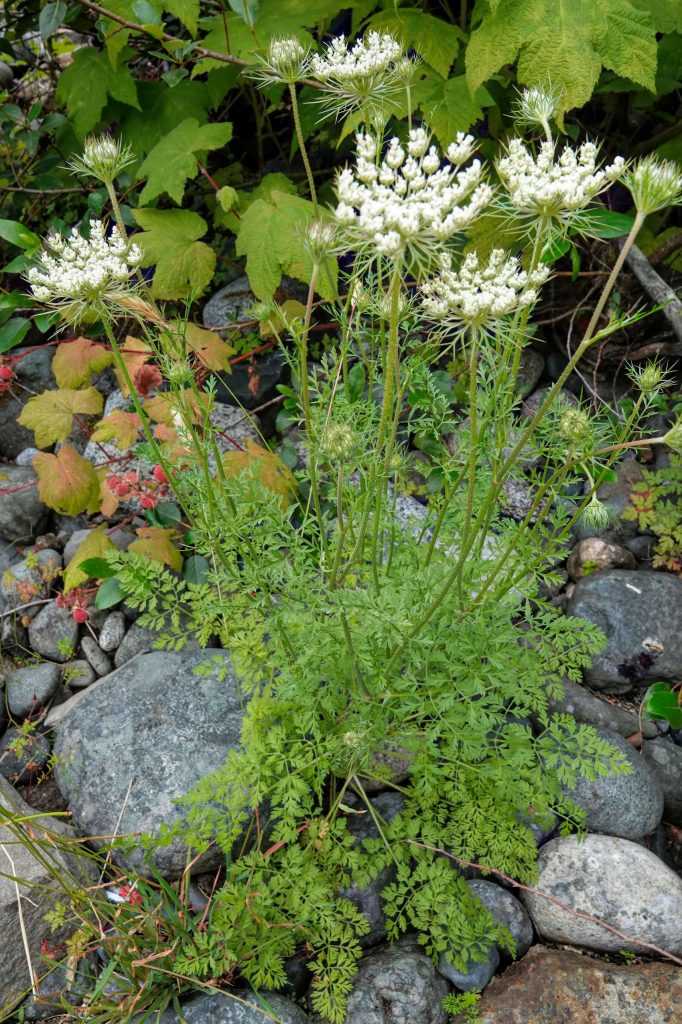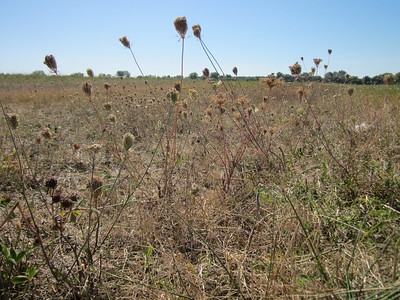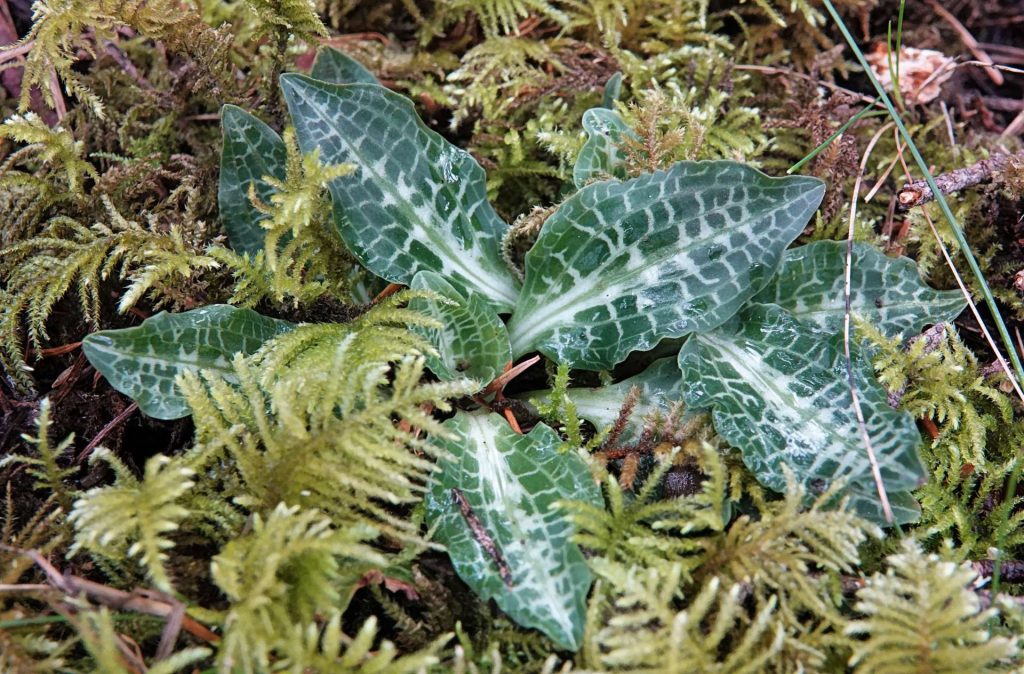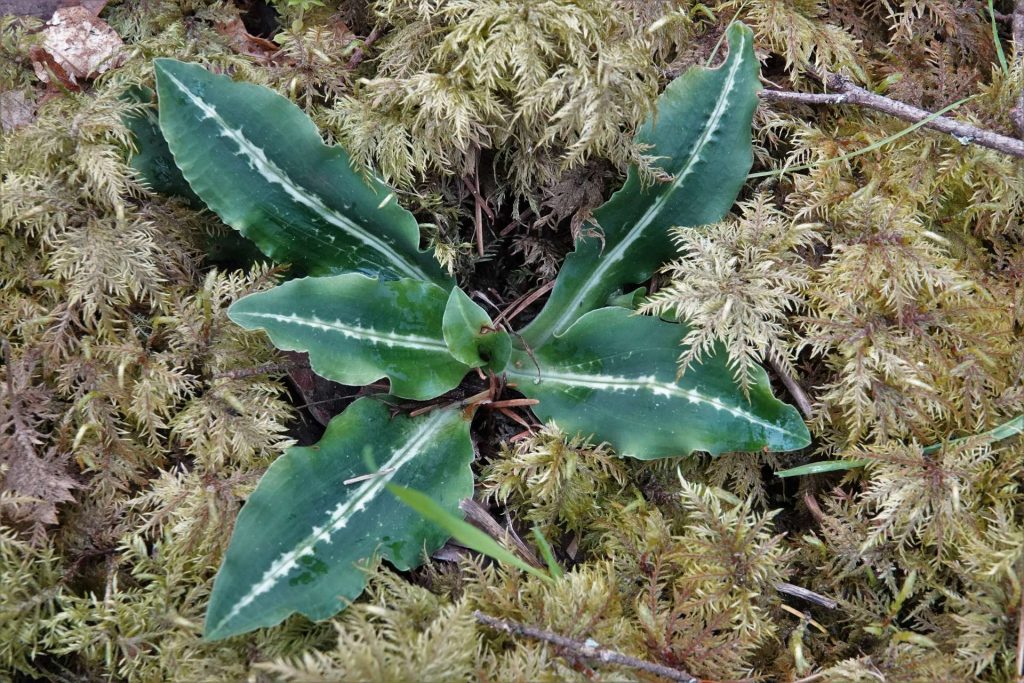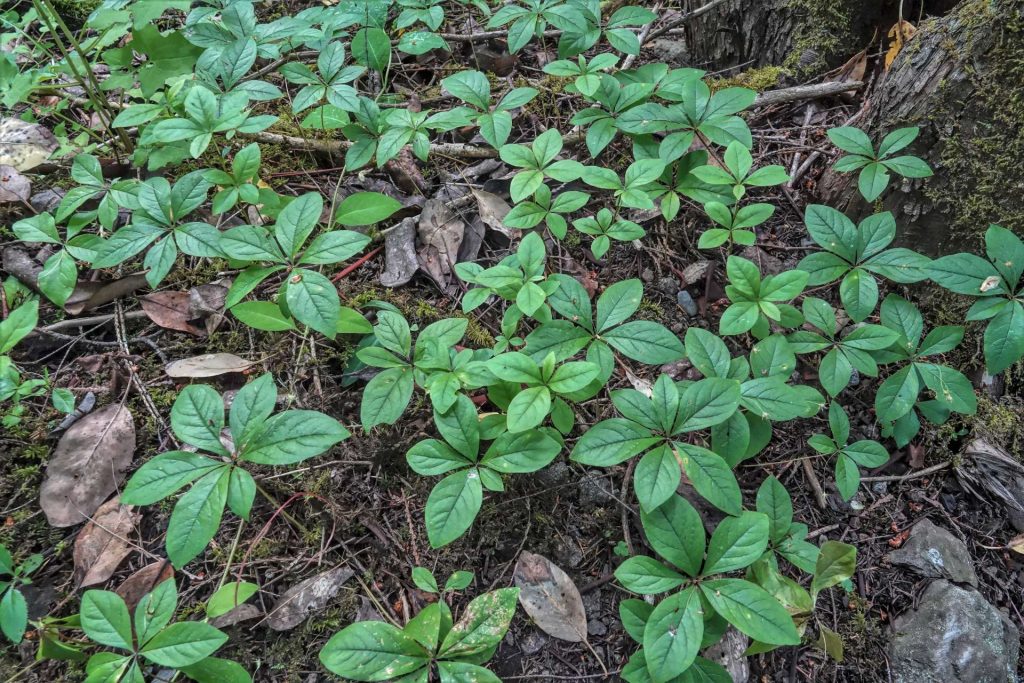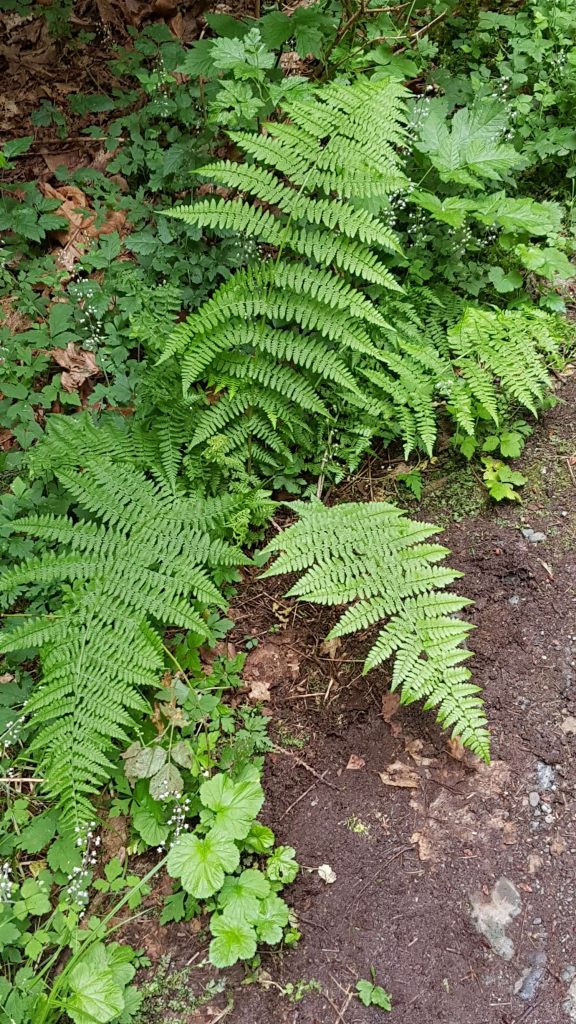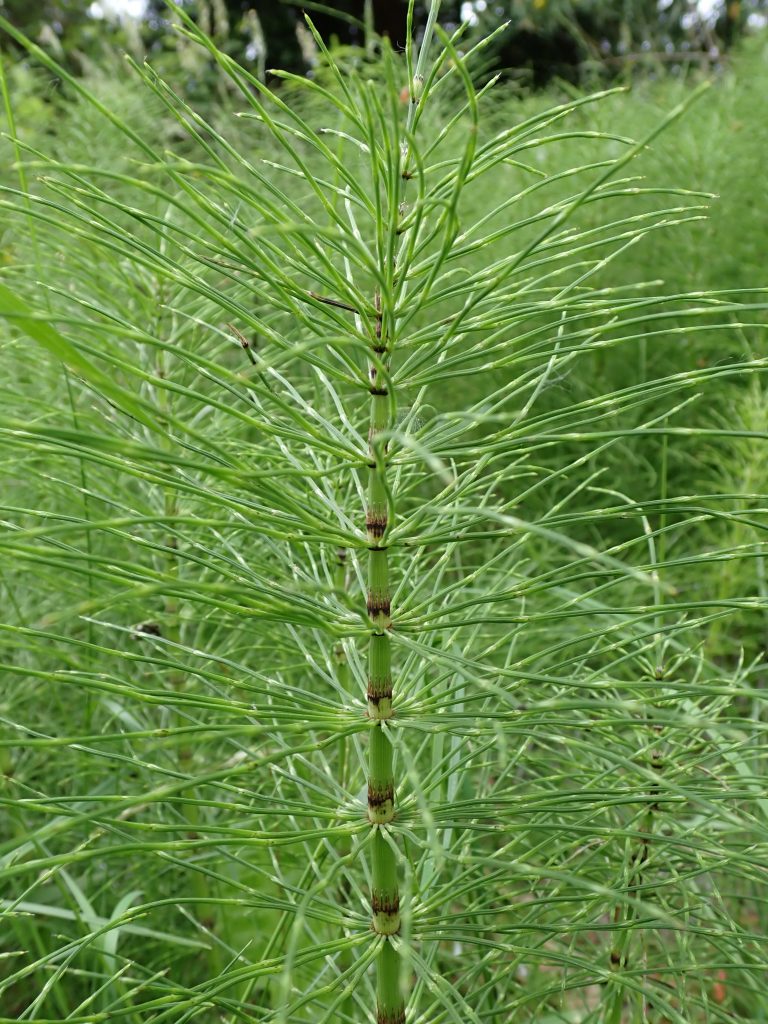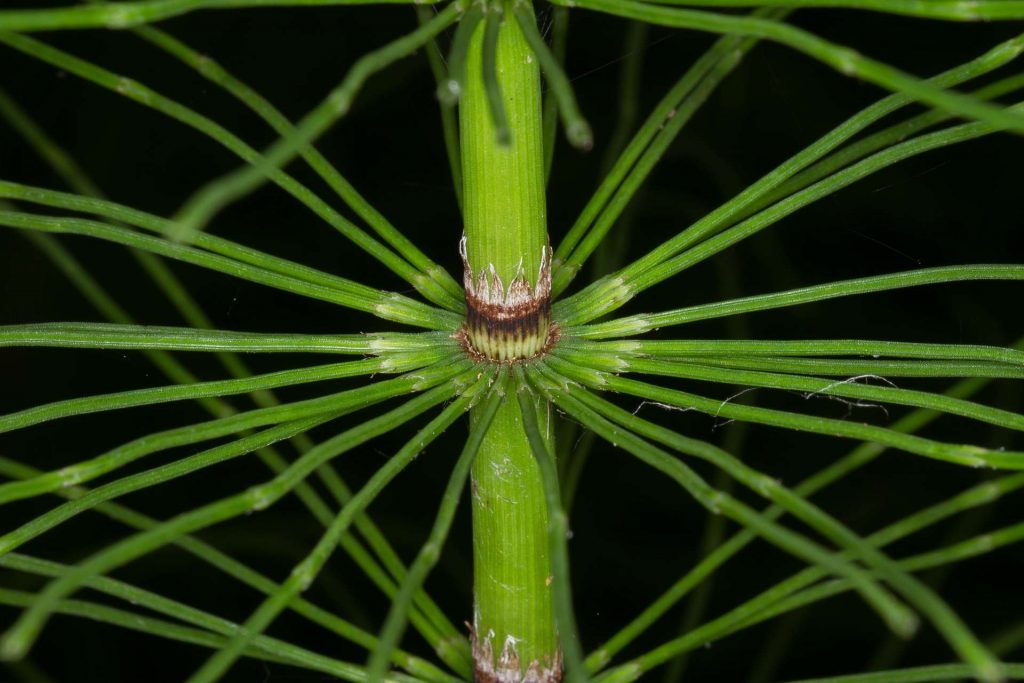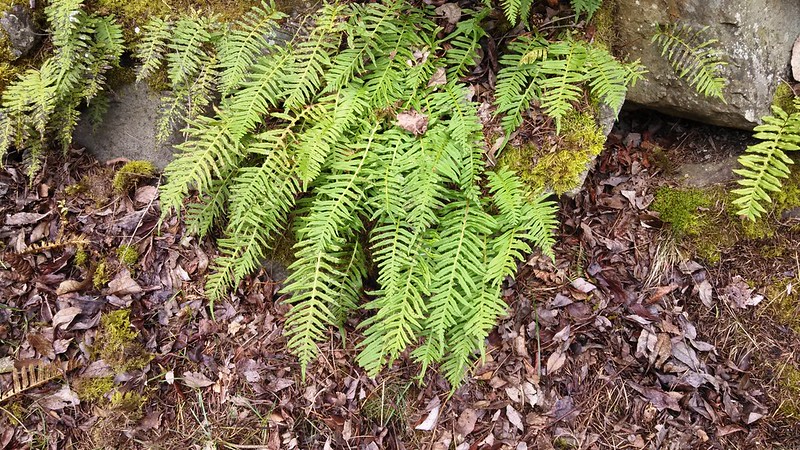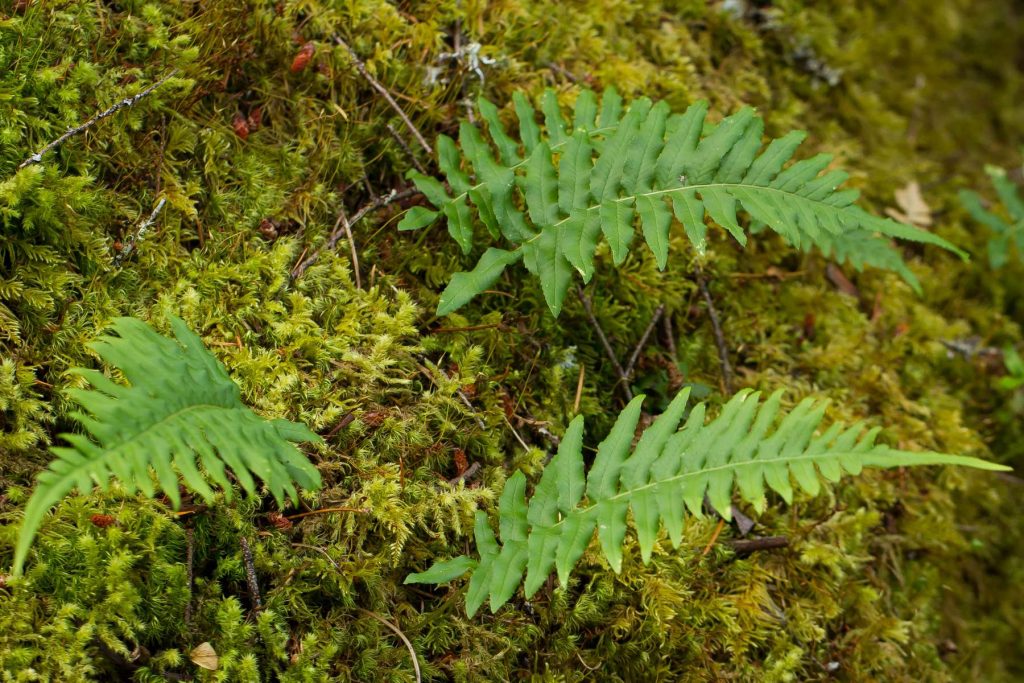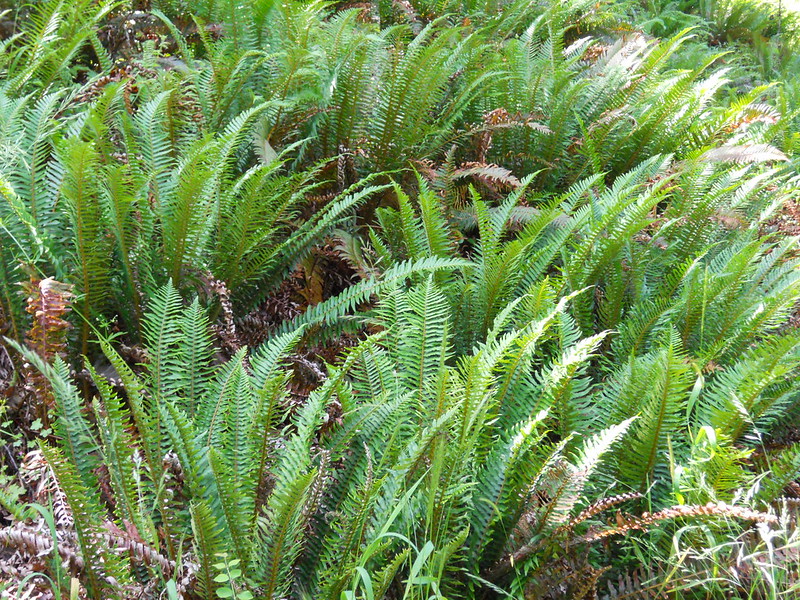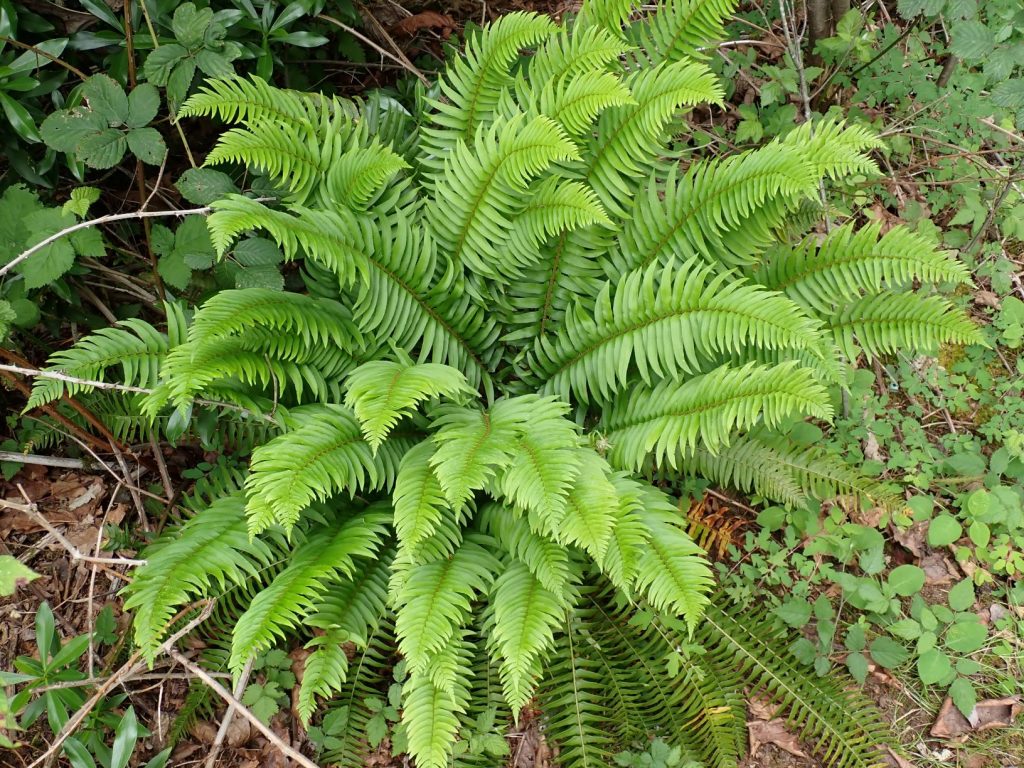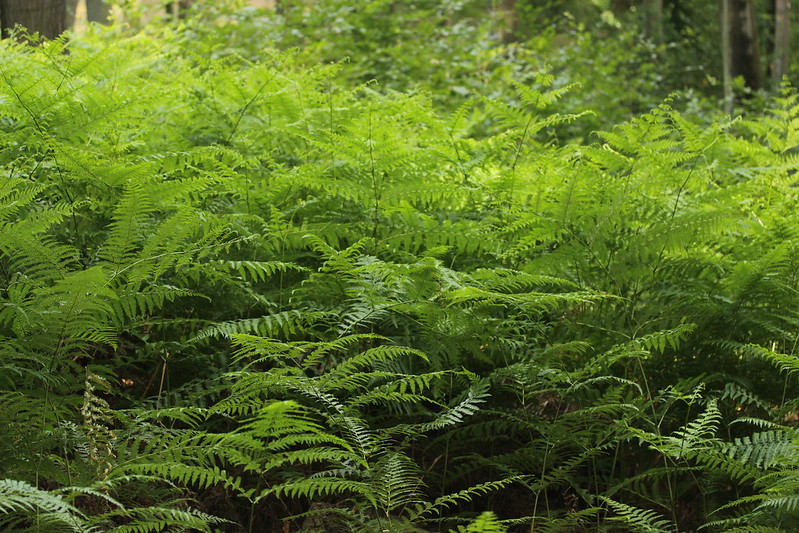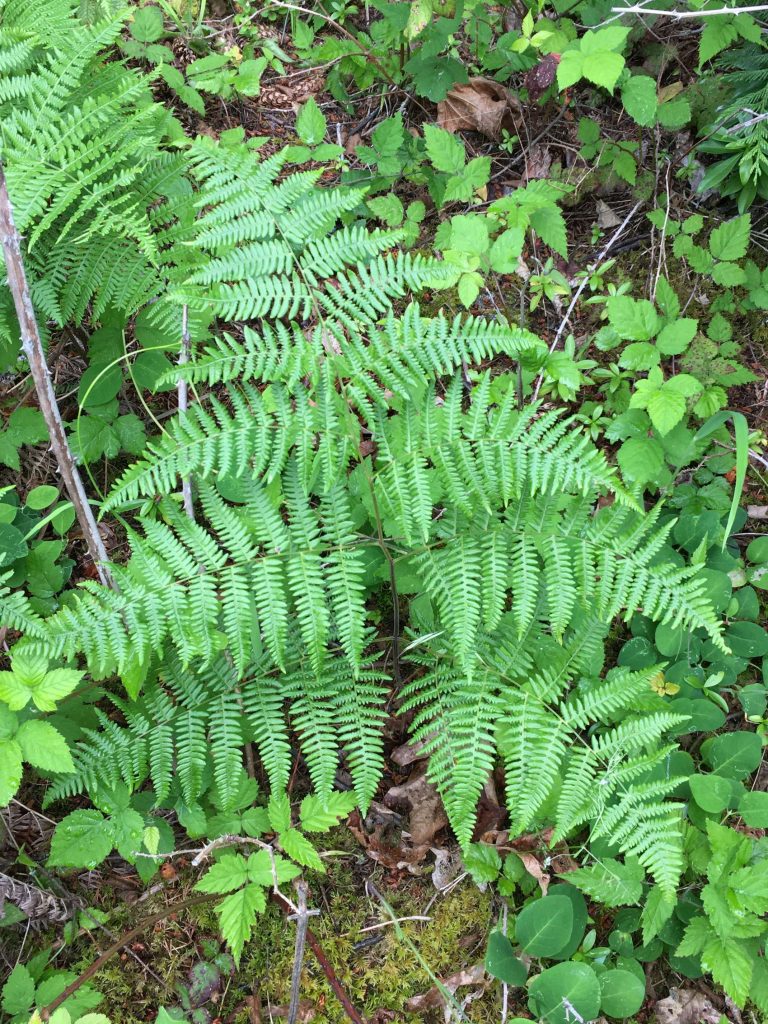To help our memory, we attach a label to each plant in the list, placing it in one of five categories. Its group is chosen according to whether the plant is considered a tree, shrub, vine, forb, or the last category, fern and fern ally. The grouping is not based on evolutionary relationships and so is called artificial.
Commonly used to catalogue plants, but because a plant can be in more than one category, this organization becomes unclear when more plants are considered. For example Dicksonia antarctica is a tree fern, a fern that grows with a trunk, elevating its fronds above ground level, and so is a tree too!
These are the five categories:
________________________________________________________________
(1) Tree: tall, woody plant
Tall, woody plants with single, or few dominant central trunks. Usually no leaves along trunk on mature specimens. The eight trees can be further categorized into broadleaved trees and conifers.
Broadleaved trees have flat leaves and belong to the angiosperm lineage (you’ll learn about the angiosperm lineage in class). These four are broadleaved trees:
- Acer macrophyllum, bigleaf maple
- Alnus rubra, red alder
- Arbutus menziesii, arbutus
- Quercus garryana, Garry oak
Conifer trees have needle- or scale-like leaves, seeds are borne in cones (not enclosed in fruits), and belong to the gymnosperm lineage (you’ll learn about the gymnosperm lineage in class). There are also four conifer trees:
- Pinus contorta, shore pine
- Pseudotsuga menziesii, Douglas-fir
- Thuja plicata, western redcedar
- Tsuga heterophylla, western hemlock
________________________________________________________________
(2) Shrub: woody plant shorter than a tree
Woody plants, generally shorter than trees and have multiple stems originating close to the ground. This is the biggest category, with nineteen plants:
- Amelanchier alnifolia, saskatoon
- Arctostaphylos uva-ursi, kinnikinnick
- Berberis aquifolium, tall Oregon grape
- Berberis nervosa, dull Oregon grape
- Crataegus monogyna, common hawthorn
- Cytisus scoparius, Scotch broom
- Daphne laureola, daphne
- Gaultheria shallon, salal
- Holodiscus discolor, ocean spray
- Ilex aquifolium, English holly
- Linnaea borealis, twinflower
- Oemleria cerasiformis, osoberry
- Rosa nutkana, Nootka rose
- Rubus bifrons, Himalayan blackberry
- Rubus parviflorus, thimbleberry
- Rubus spectabilis, salmonberry
- Rubus ursinus, trailing blackberry
- Symphoricarpos albus, snowberry
- Vaccinium parvifolium, red huckleberry
________________________________________________________________
(3) Vine: pliable stem, climbing on or around
Generally pliable stems, climbing on or around other plants or solid supports. A small category, two plants:
- Hedera helix, English ivy
- Lonicera sp., honeysuckle
________________________________________________________________
(4) Forb: herbaceous plant
Herbaceous plants — they don’t make significant amounts of woody tissue. This category excludes graminoids — not a grass, sedge, or rush. There are six forbs:
- Achillea millefolium, yarrow
- Achlys triphylla, vanilla leaf
- Clinopodium douglasii, yerba buena
- Daucus carota, Queen Anne’s lace
- Goodyera oblongifolia, rattlesnake plantain
- Lysimachia latifolia, starflower
________________________________________________________________
(5) Fern and fern ally: a herbaceous, non-seed bearing plant
Herbaceous, non-seed bearing plants belonging to the Pteridophyte lineage (you’ll learn about the Pteridophytes in class). We have five in our species list:
- Athyrium filix-femina, lady fern
- Equisetum sp., horsetail, a fern ally.
- Polypodium glycyrrhiza, licorice fern
- Polystichum munitum, sword fern
- Pteridium aquilinum, bracken fern
